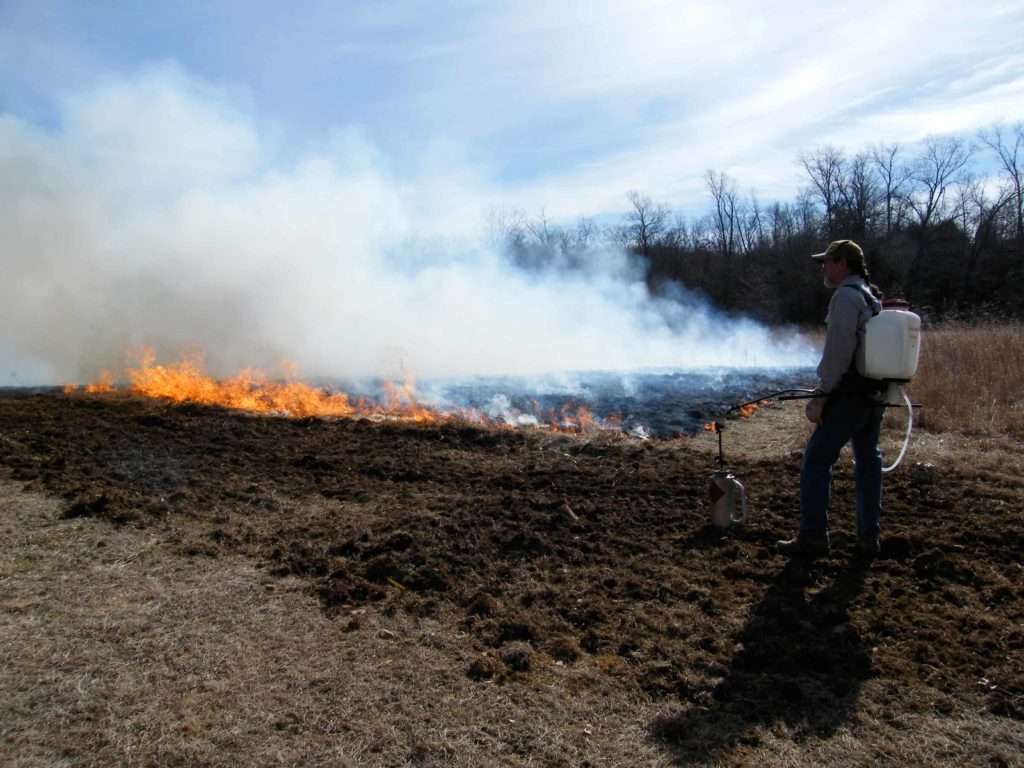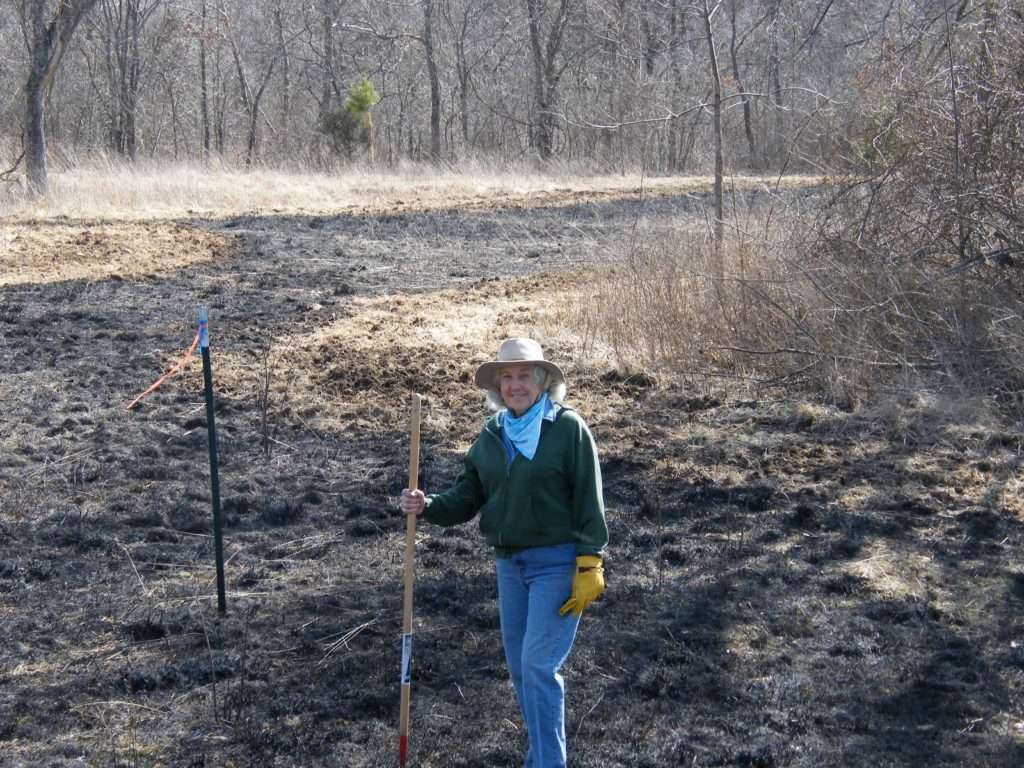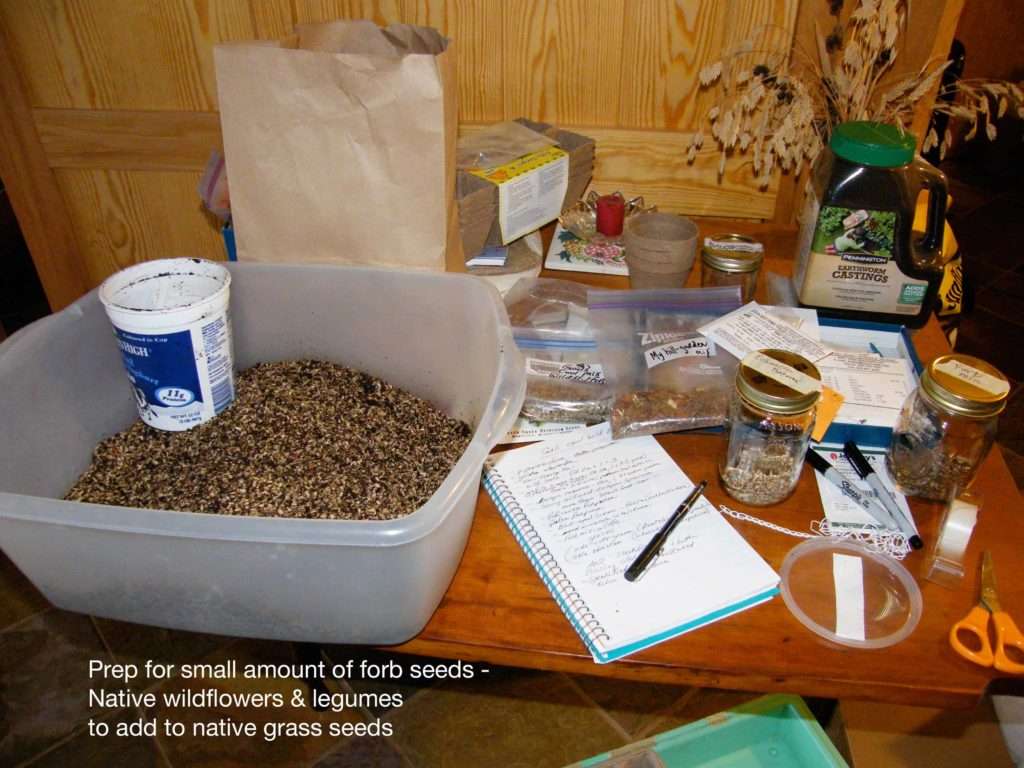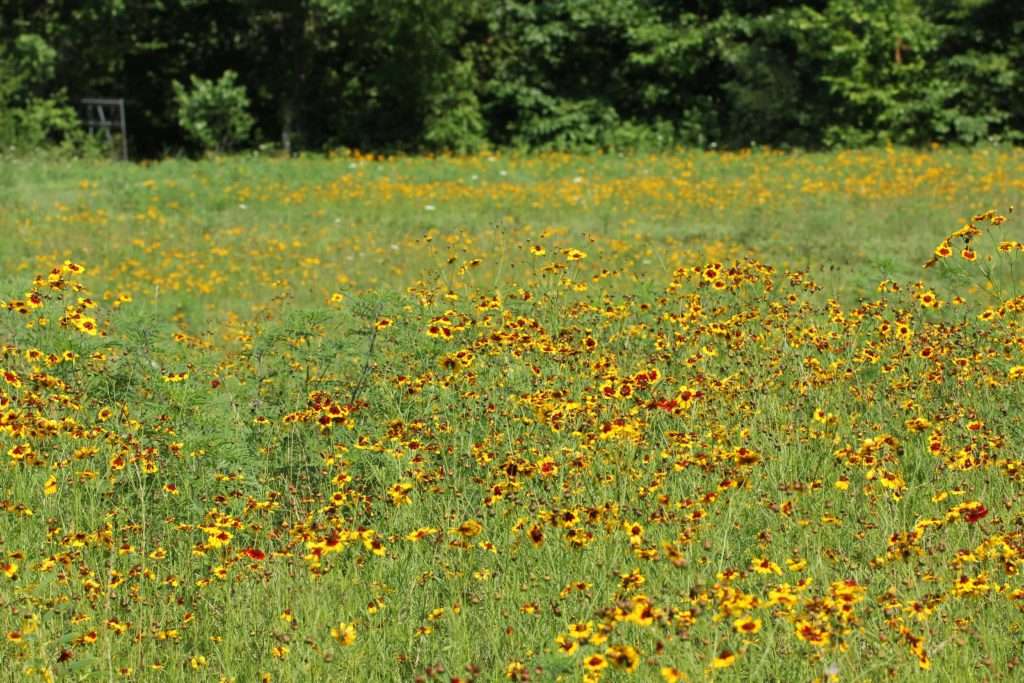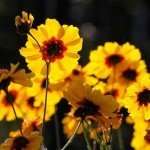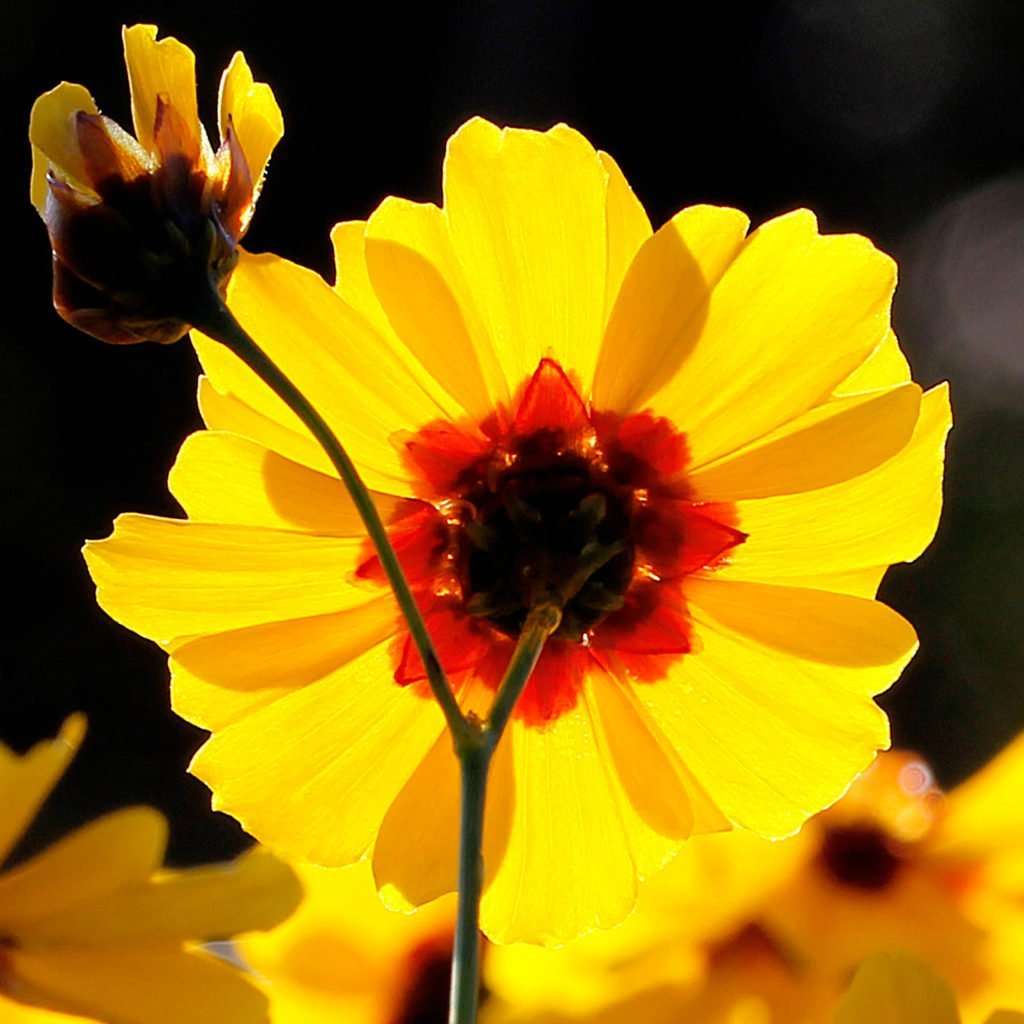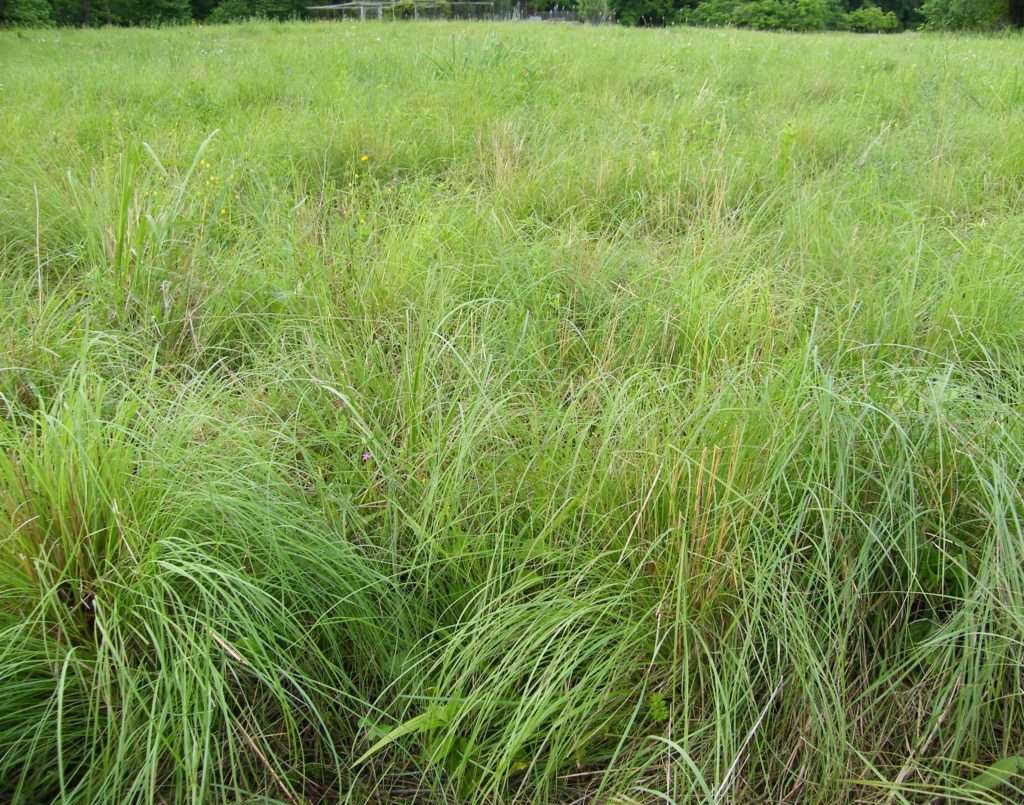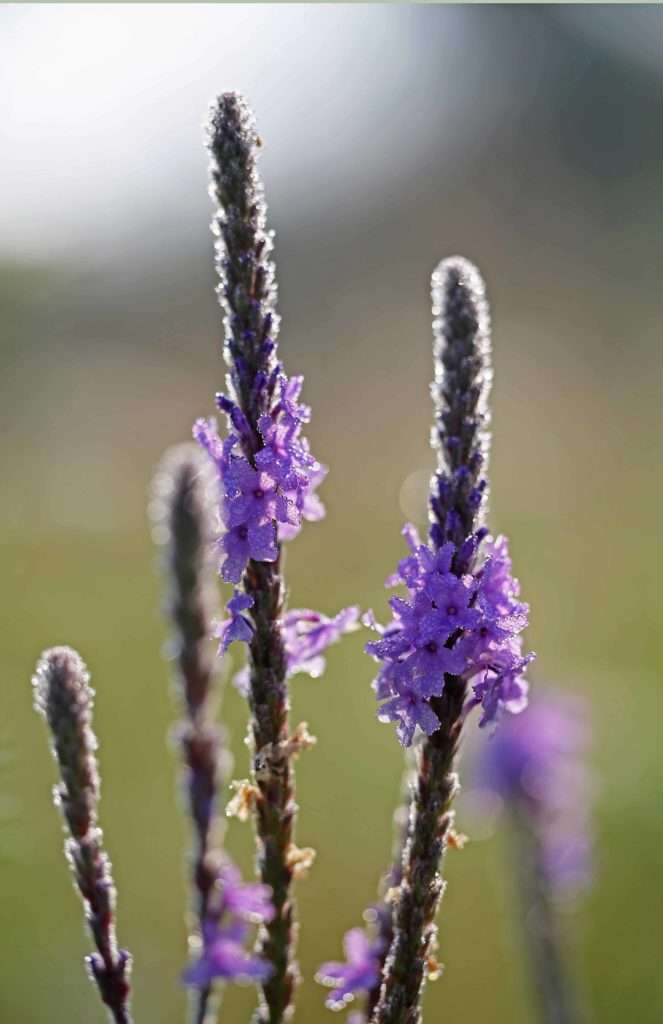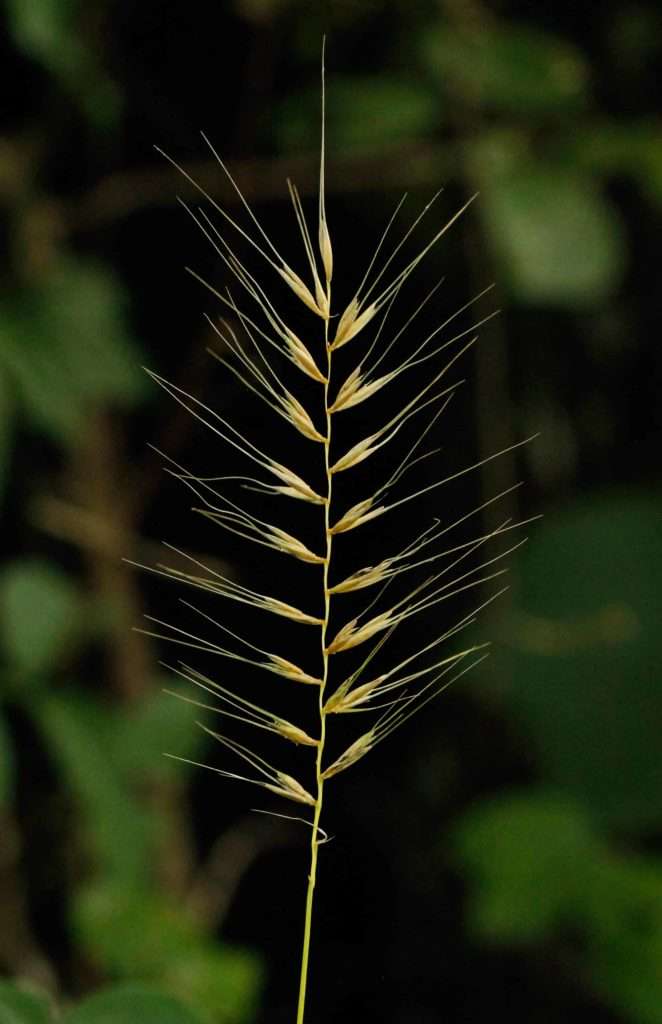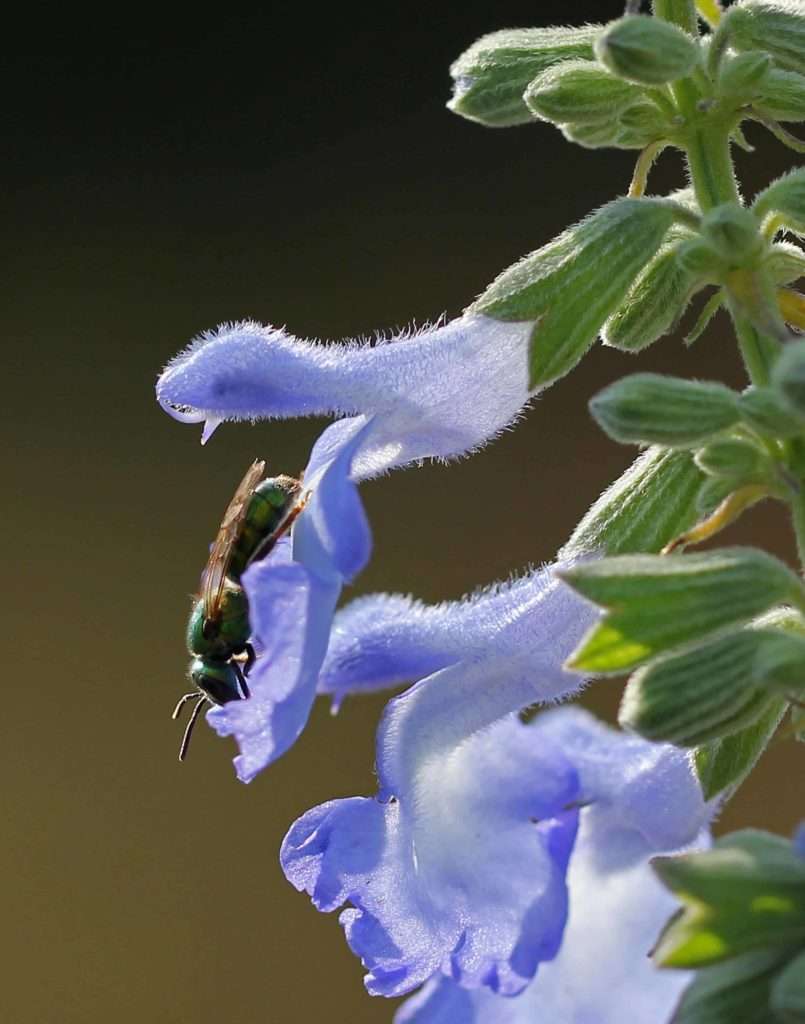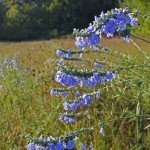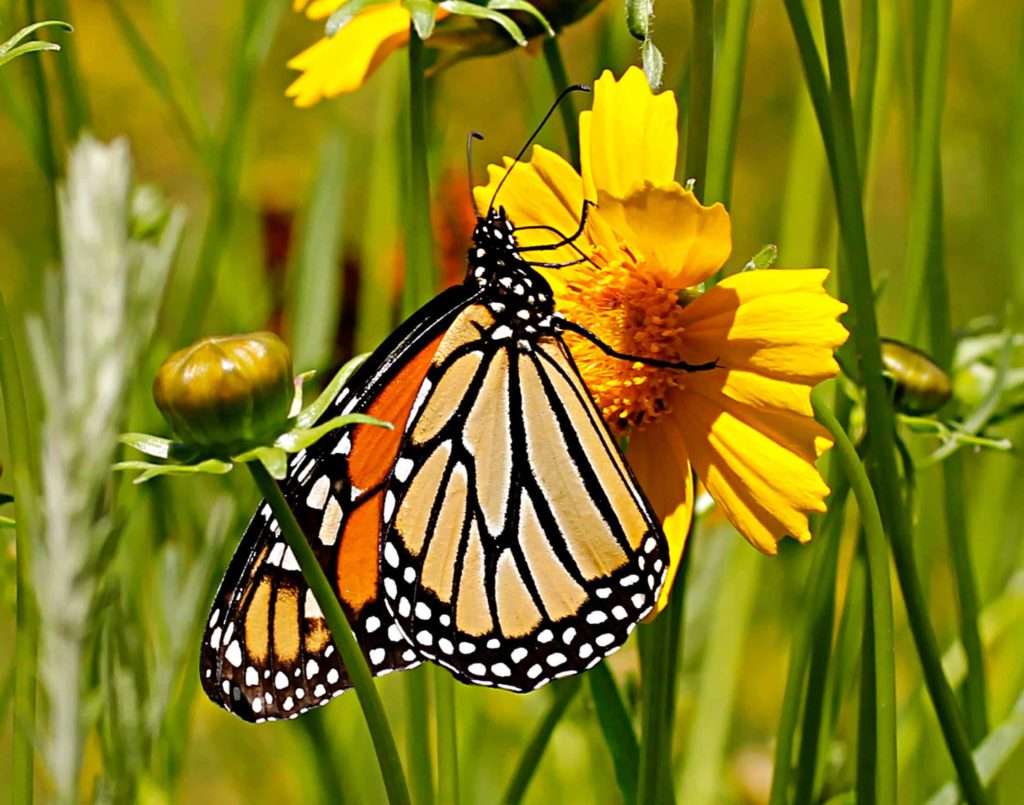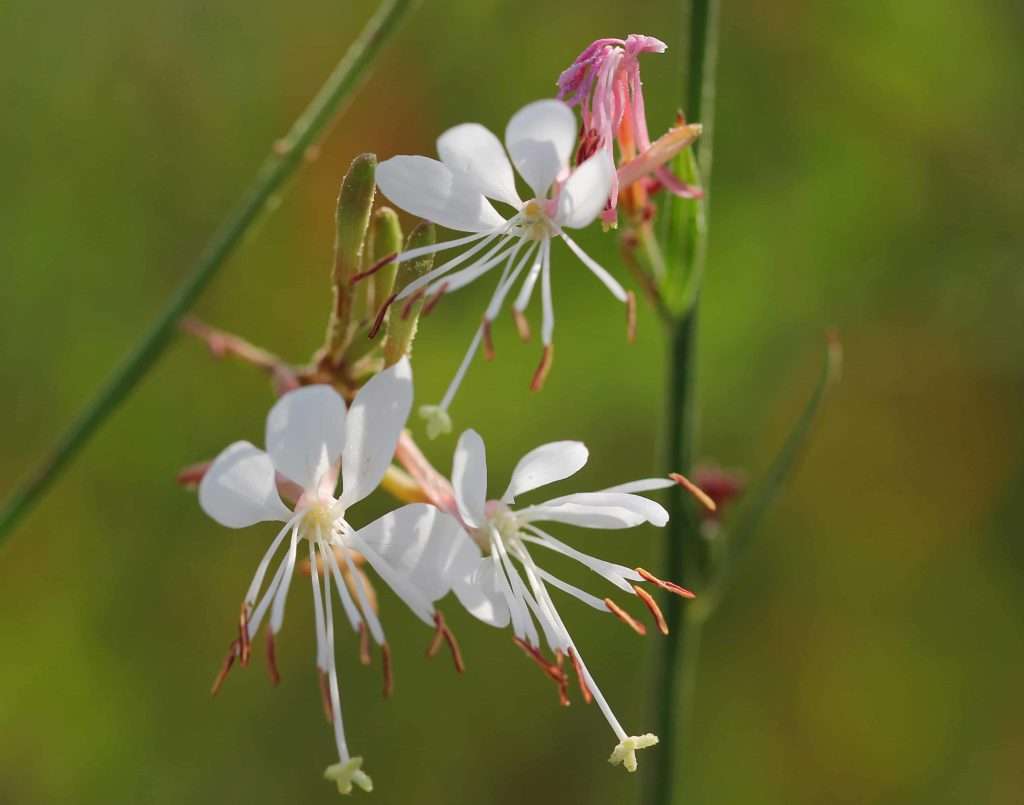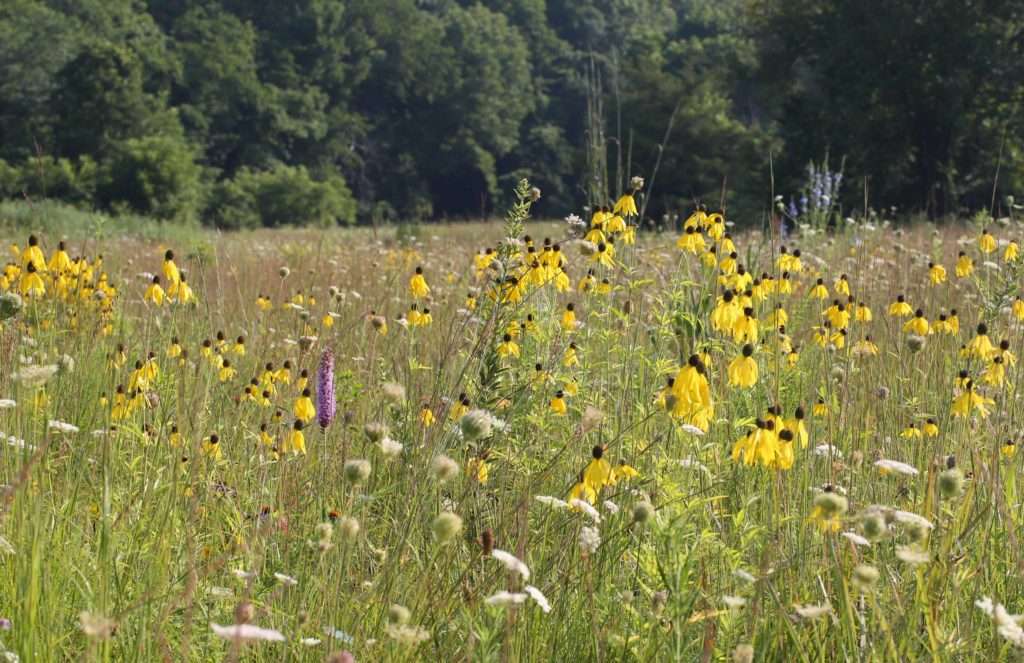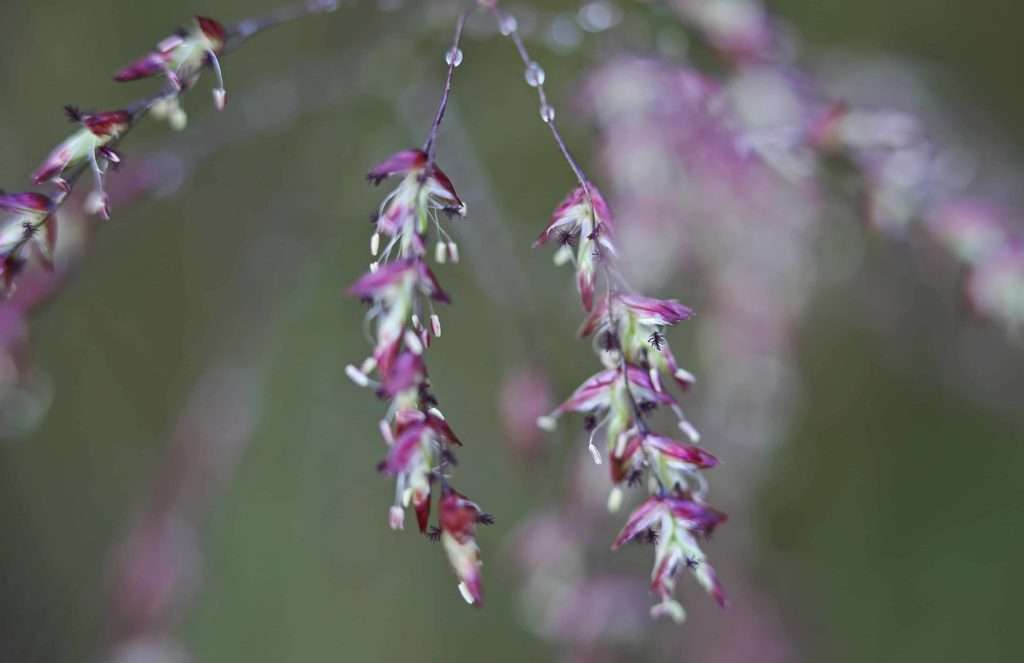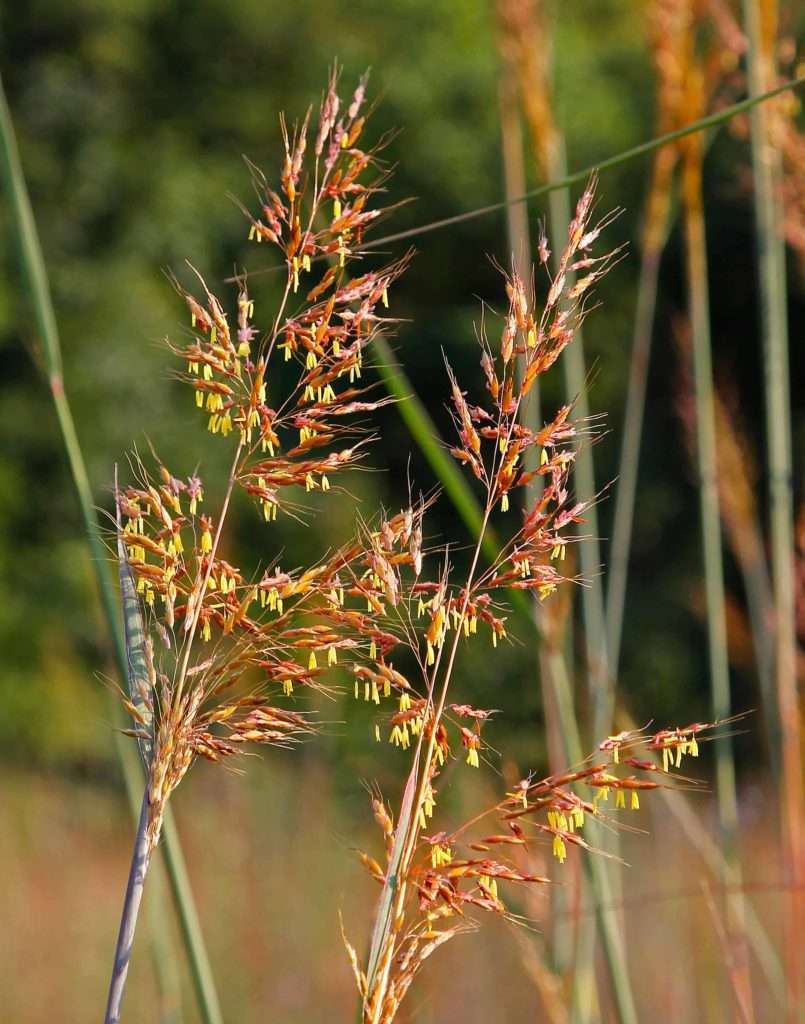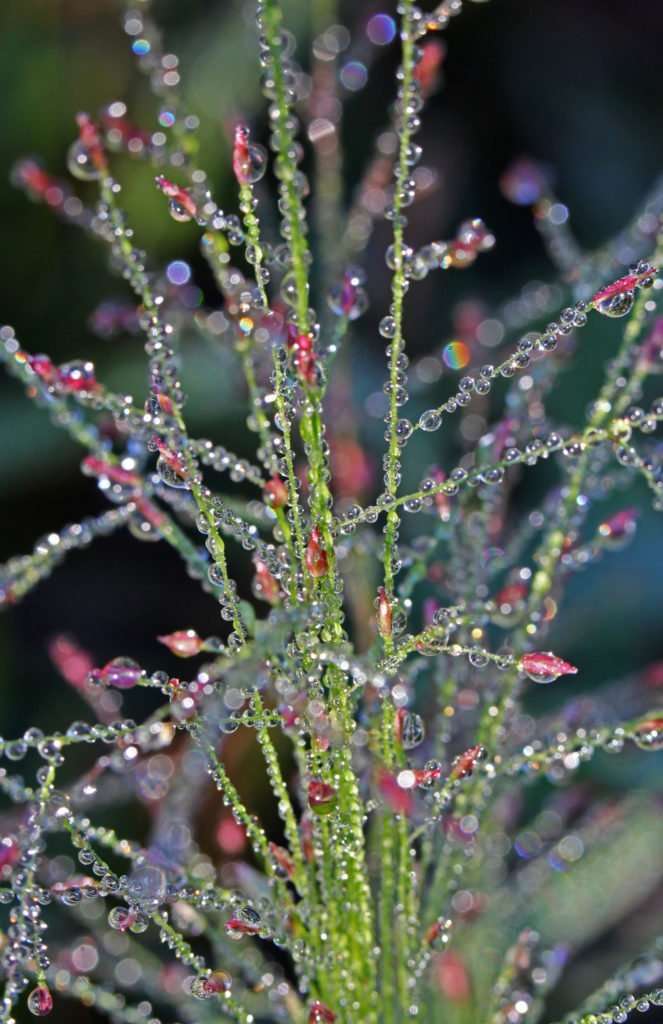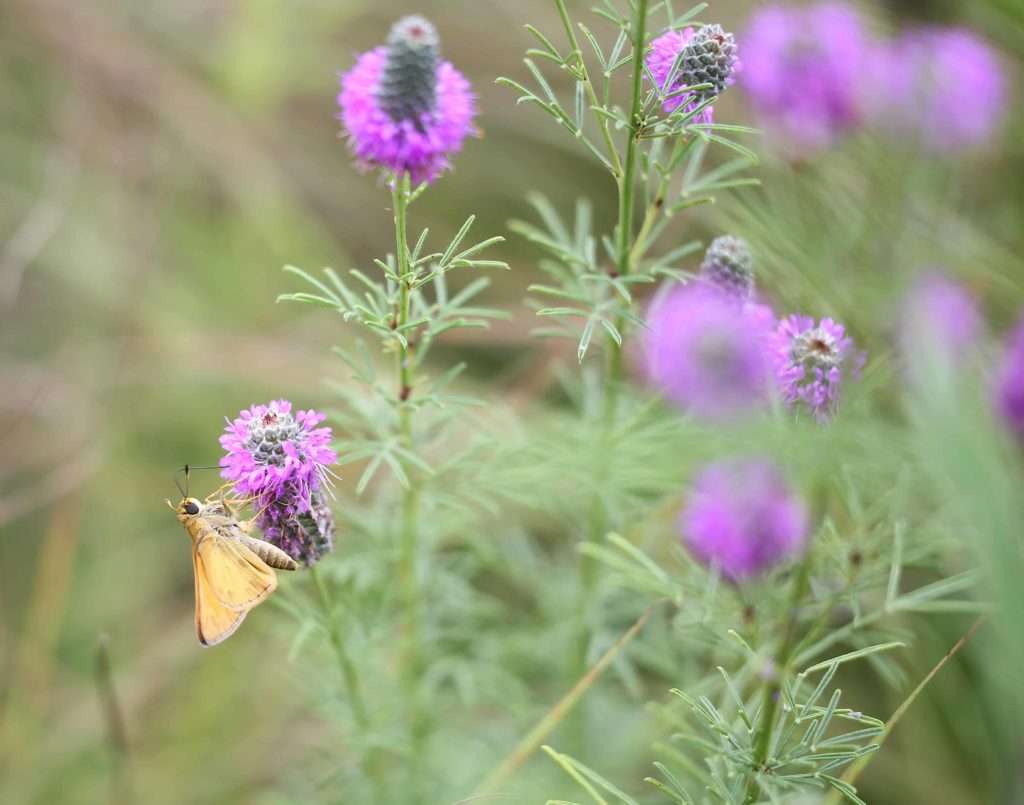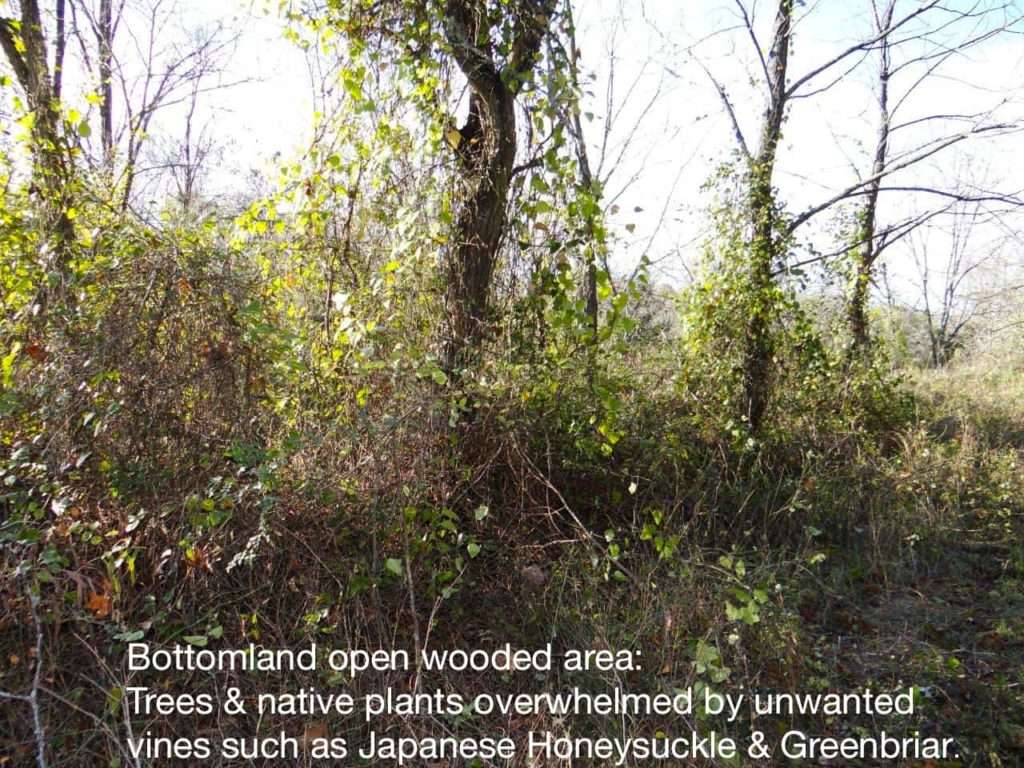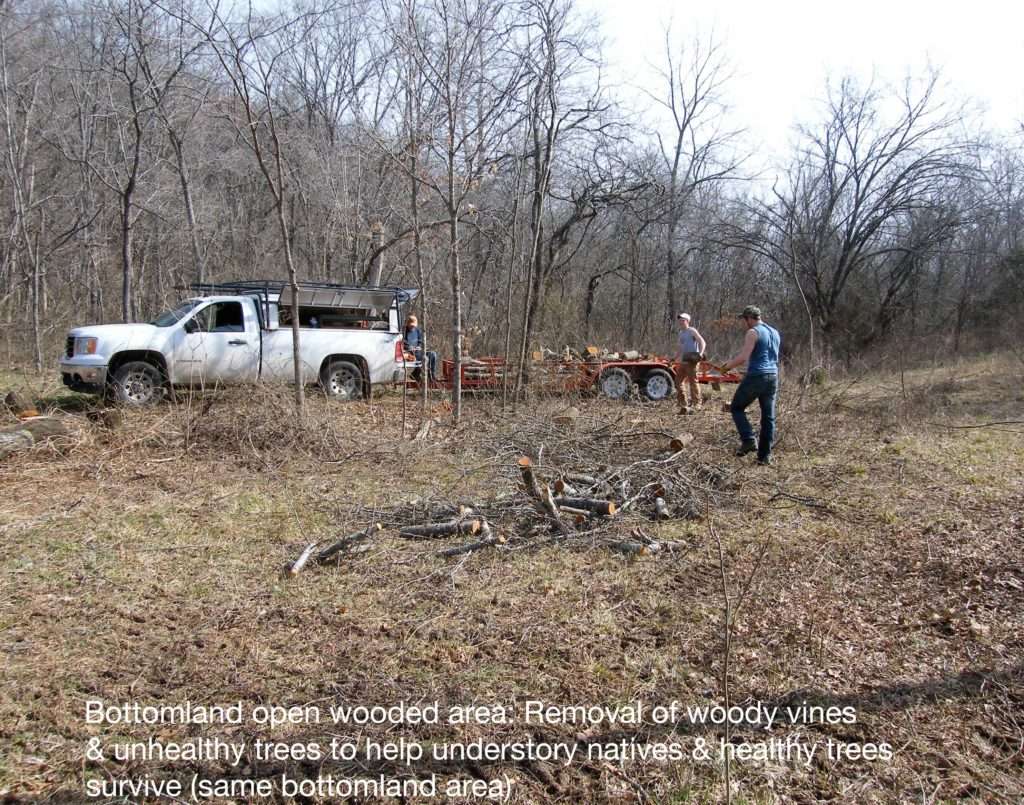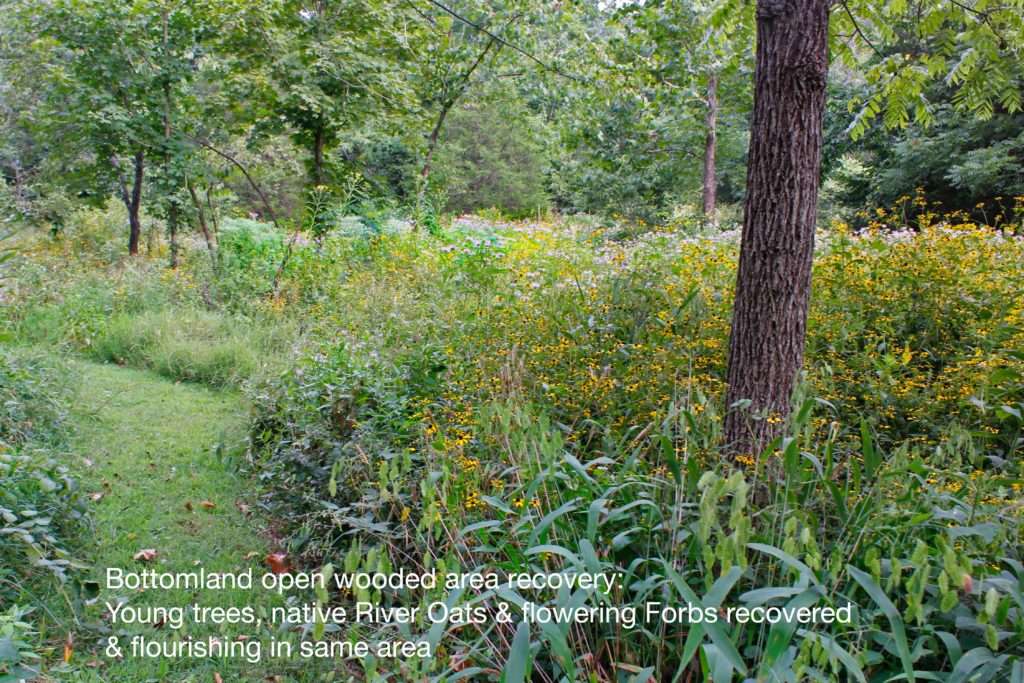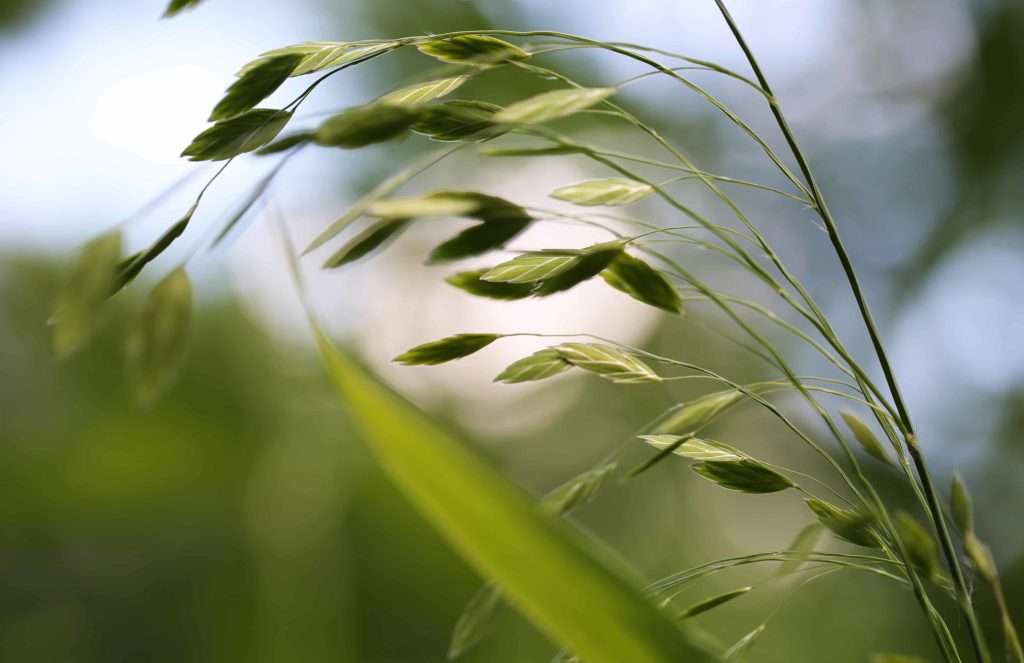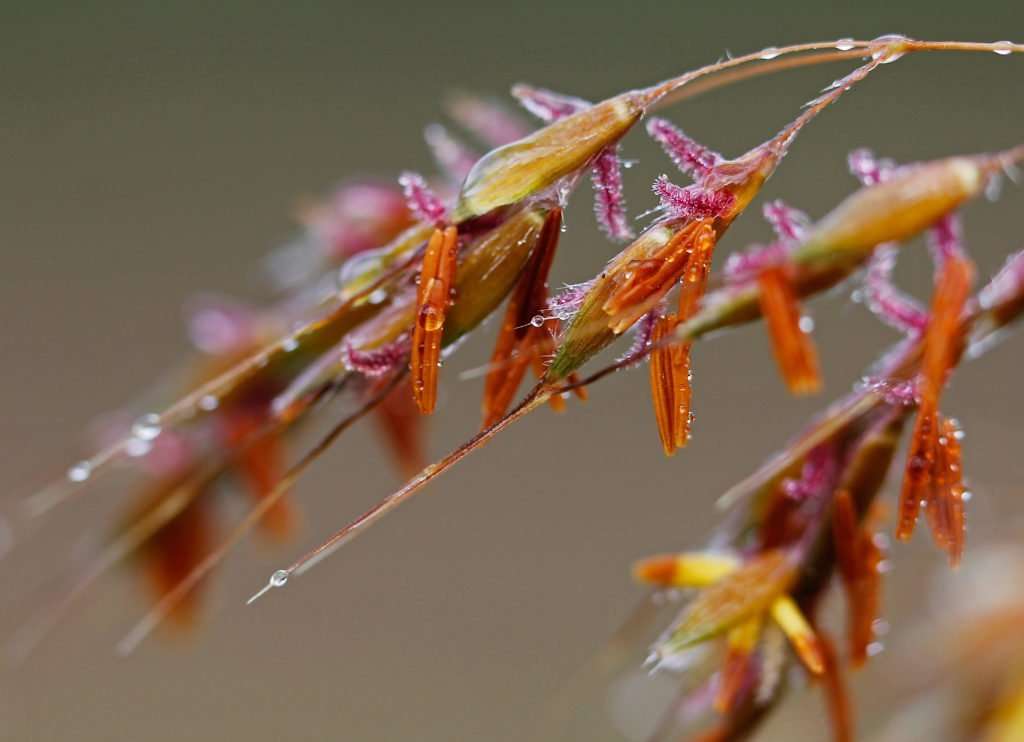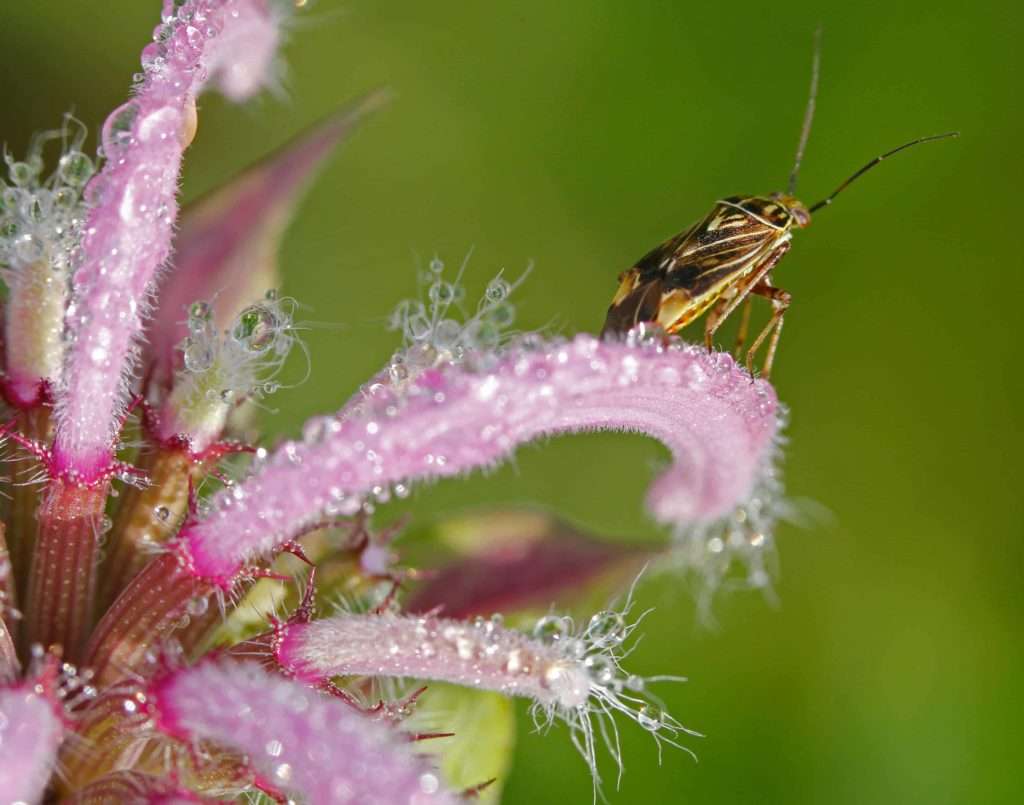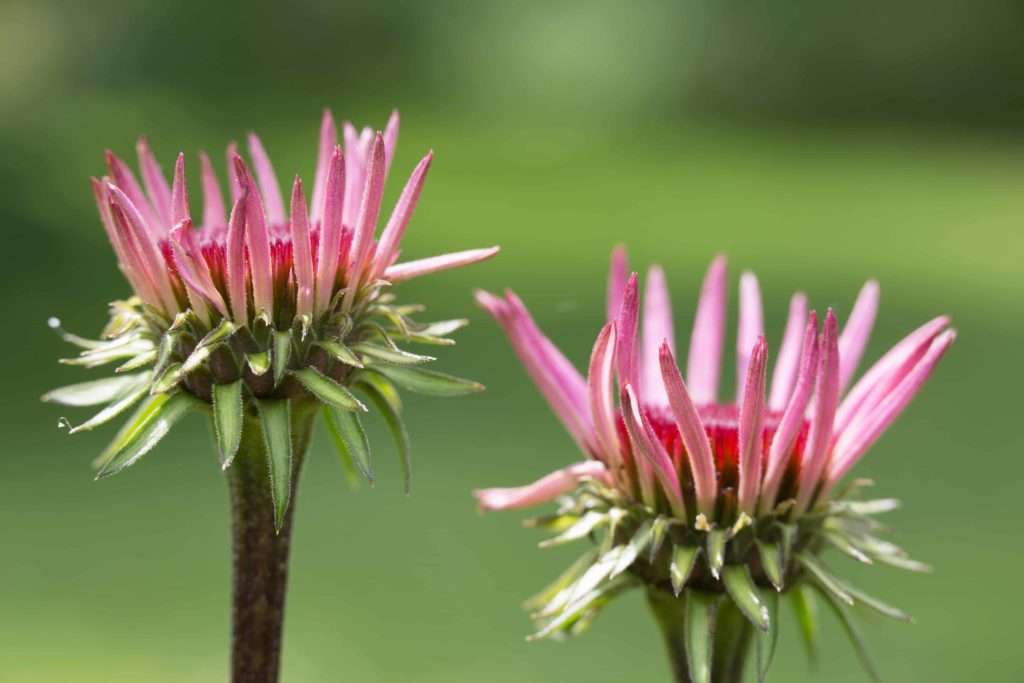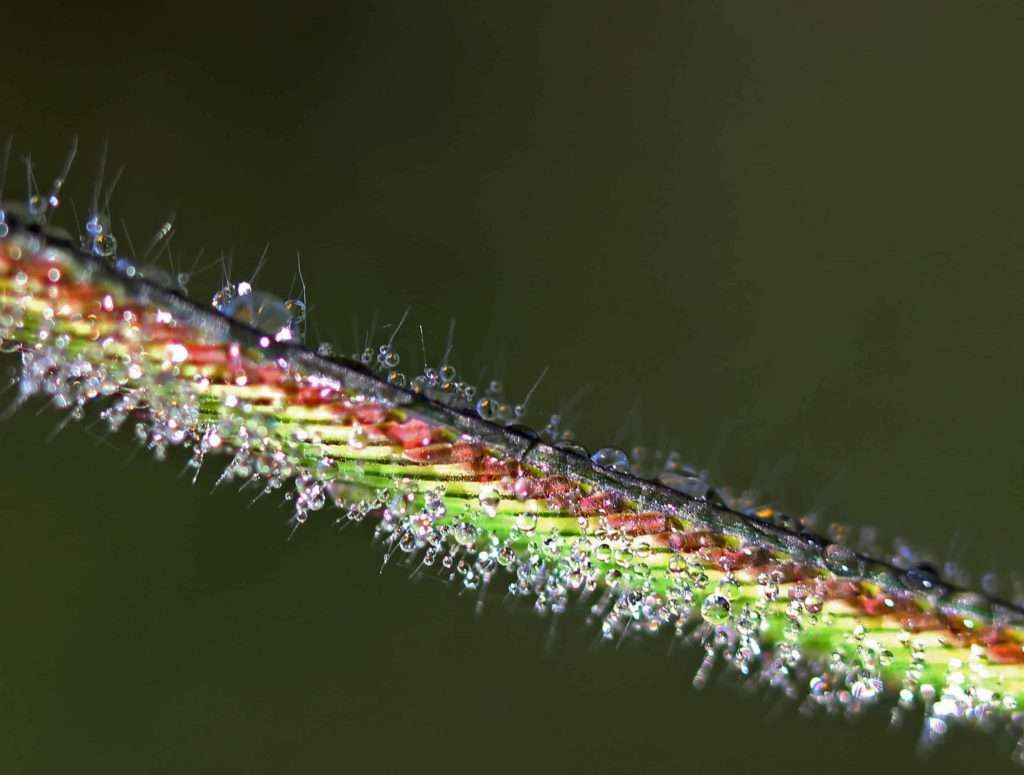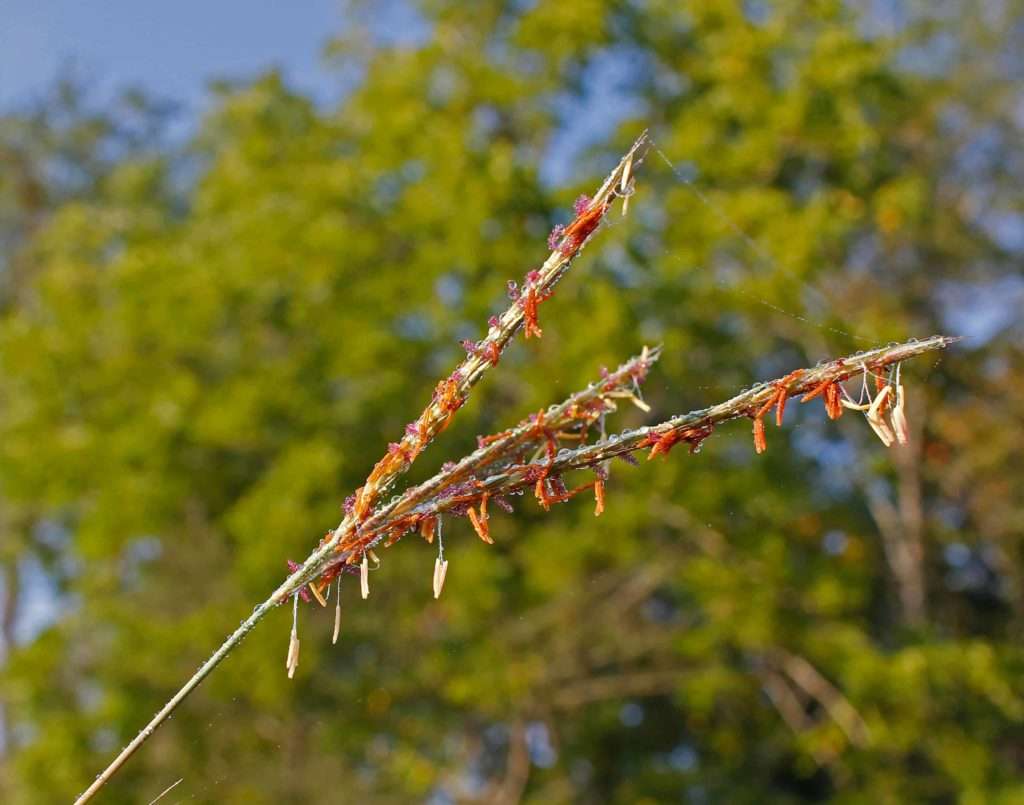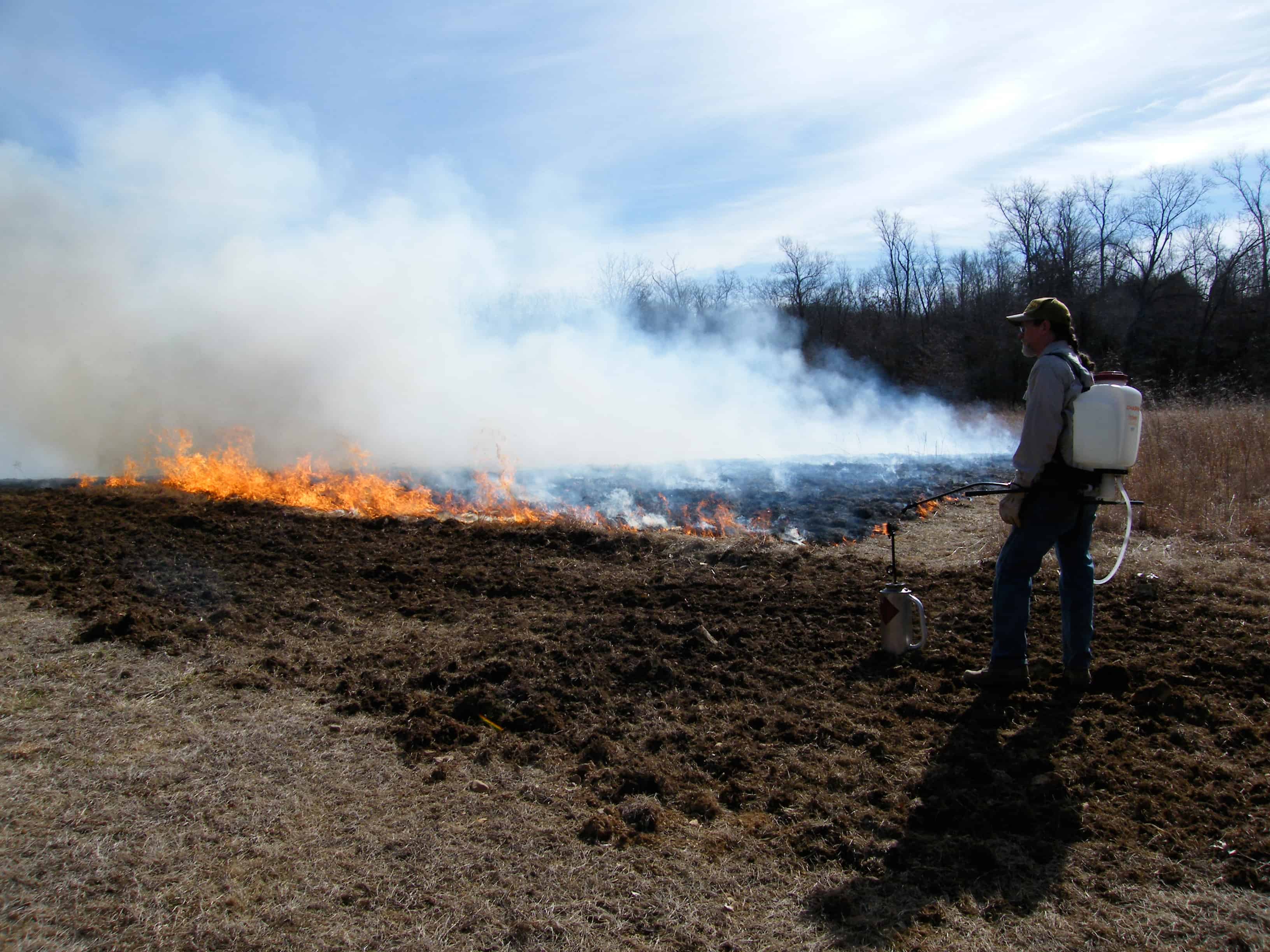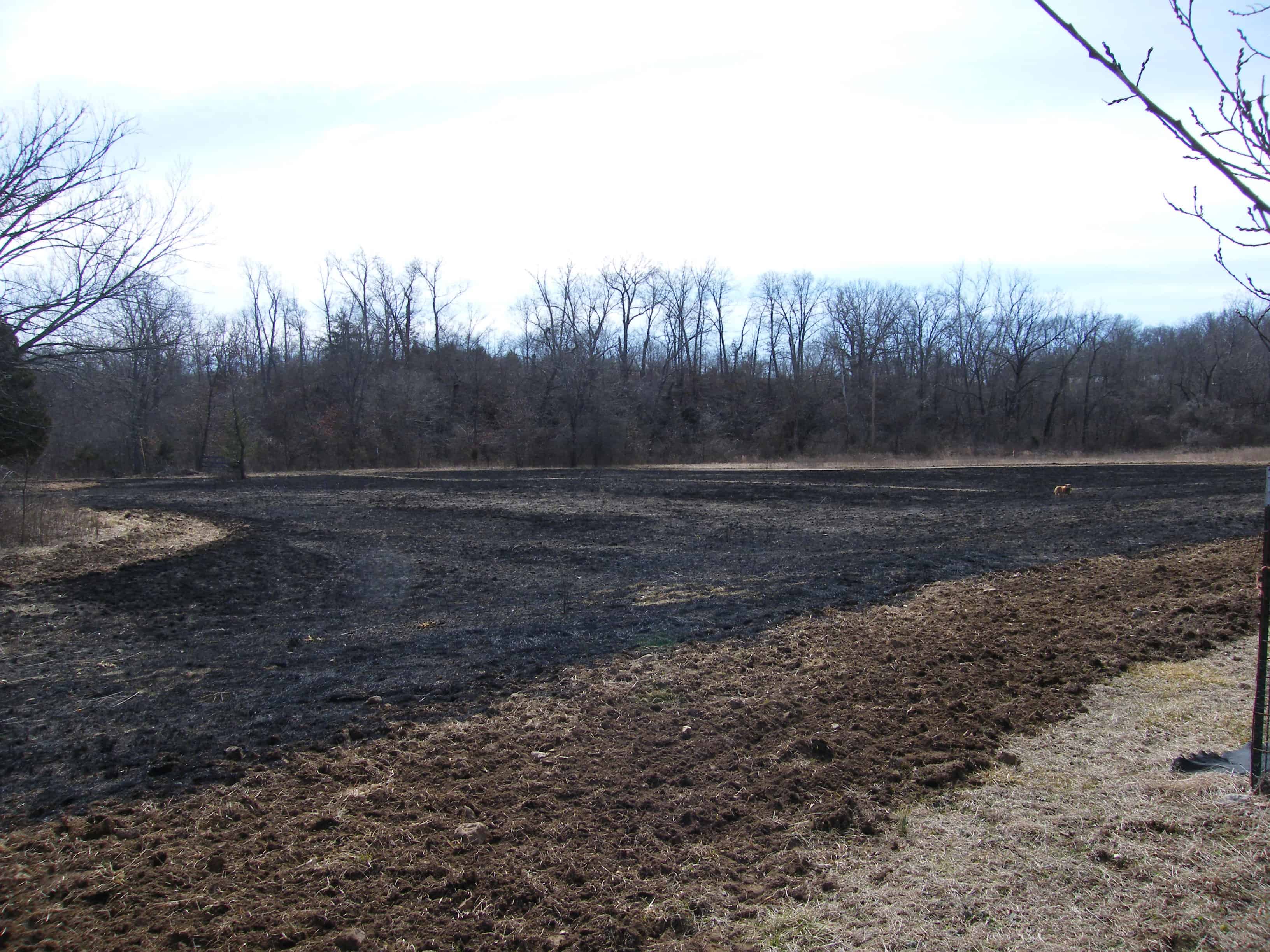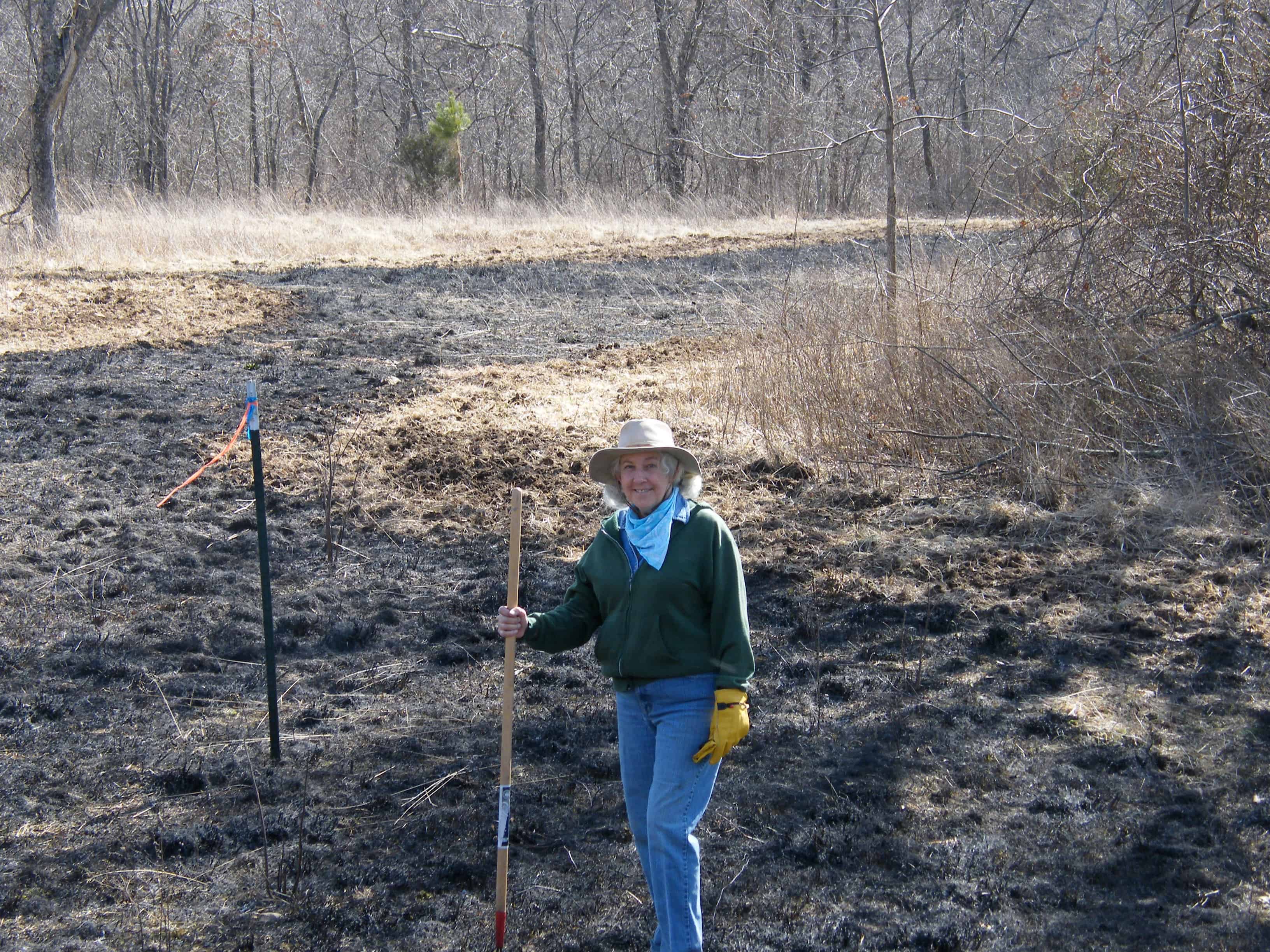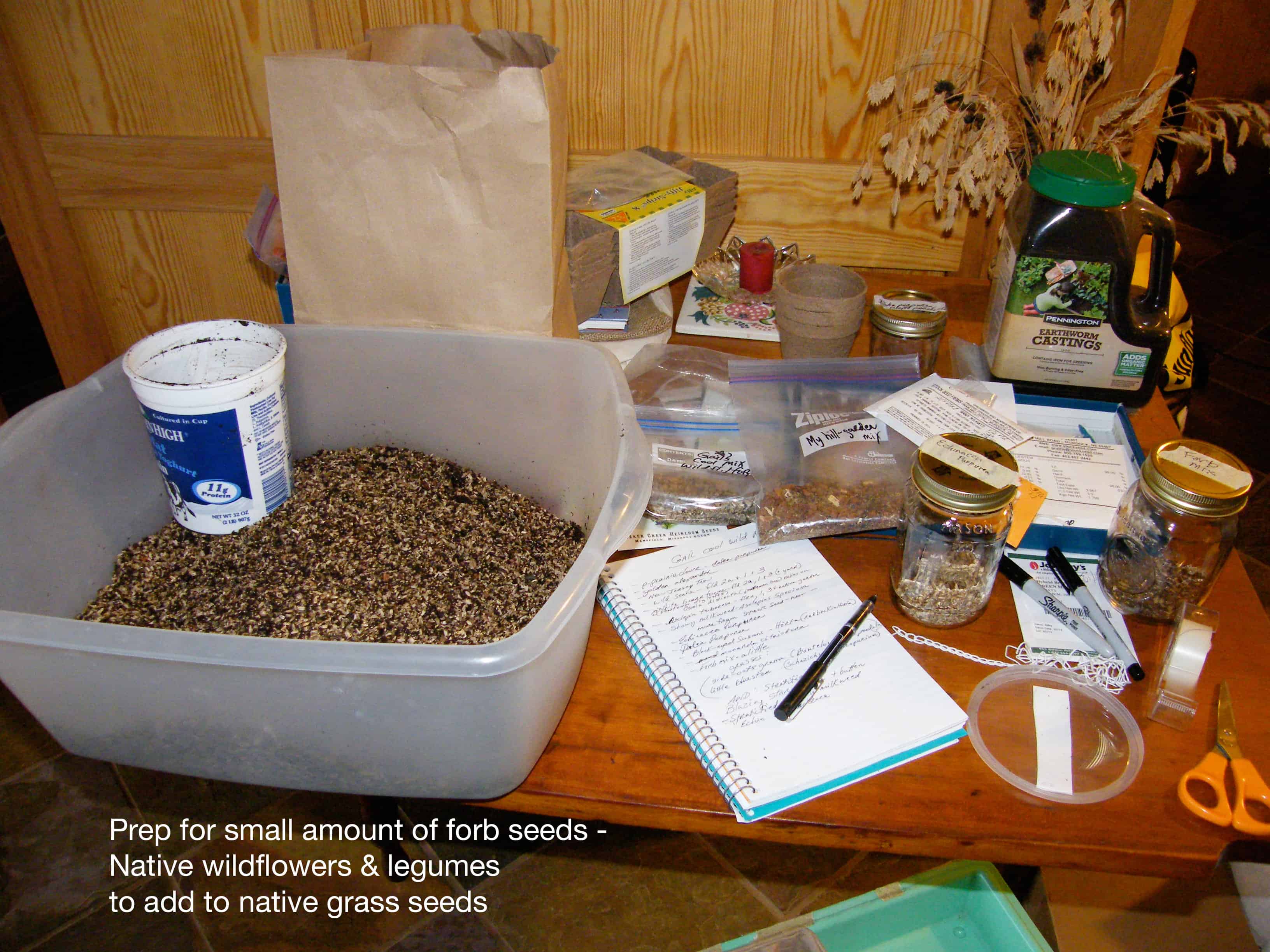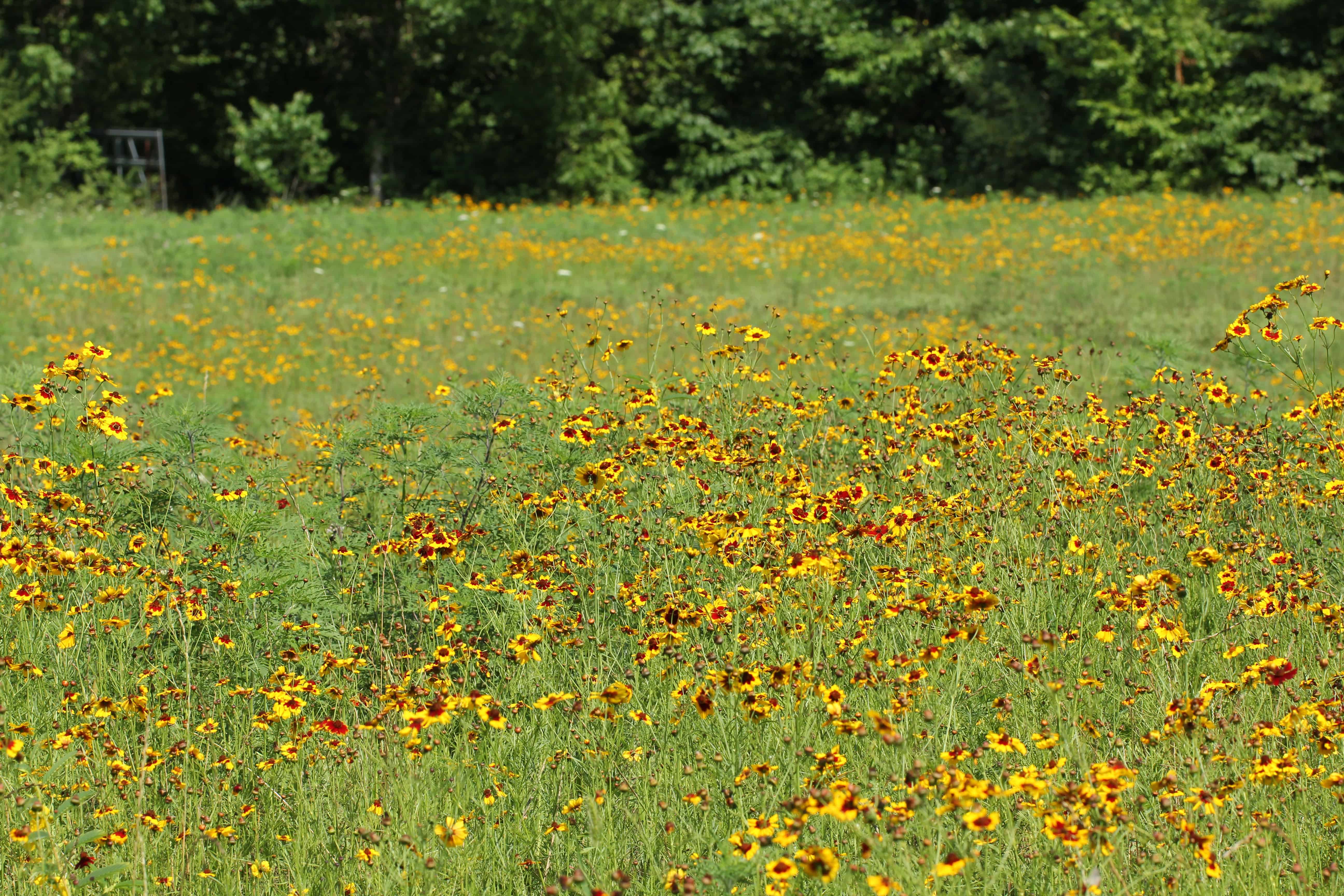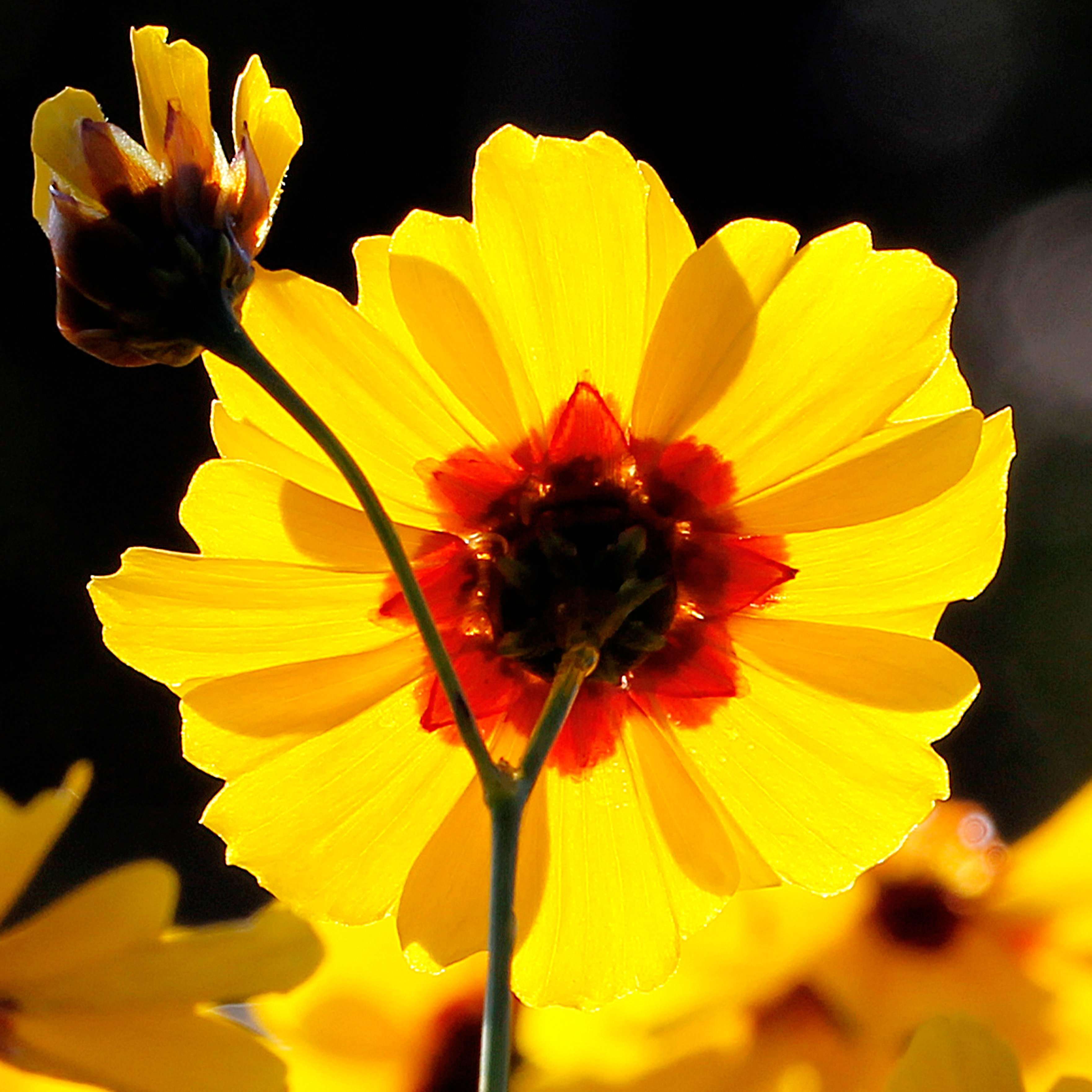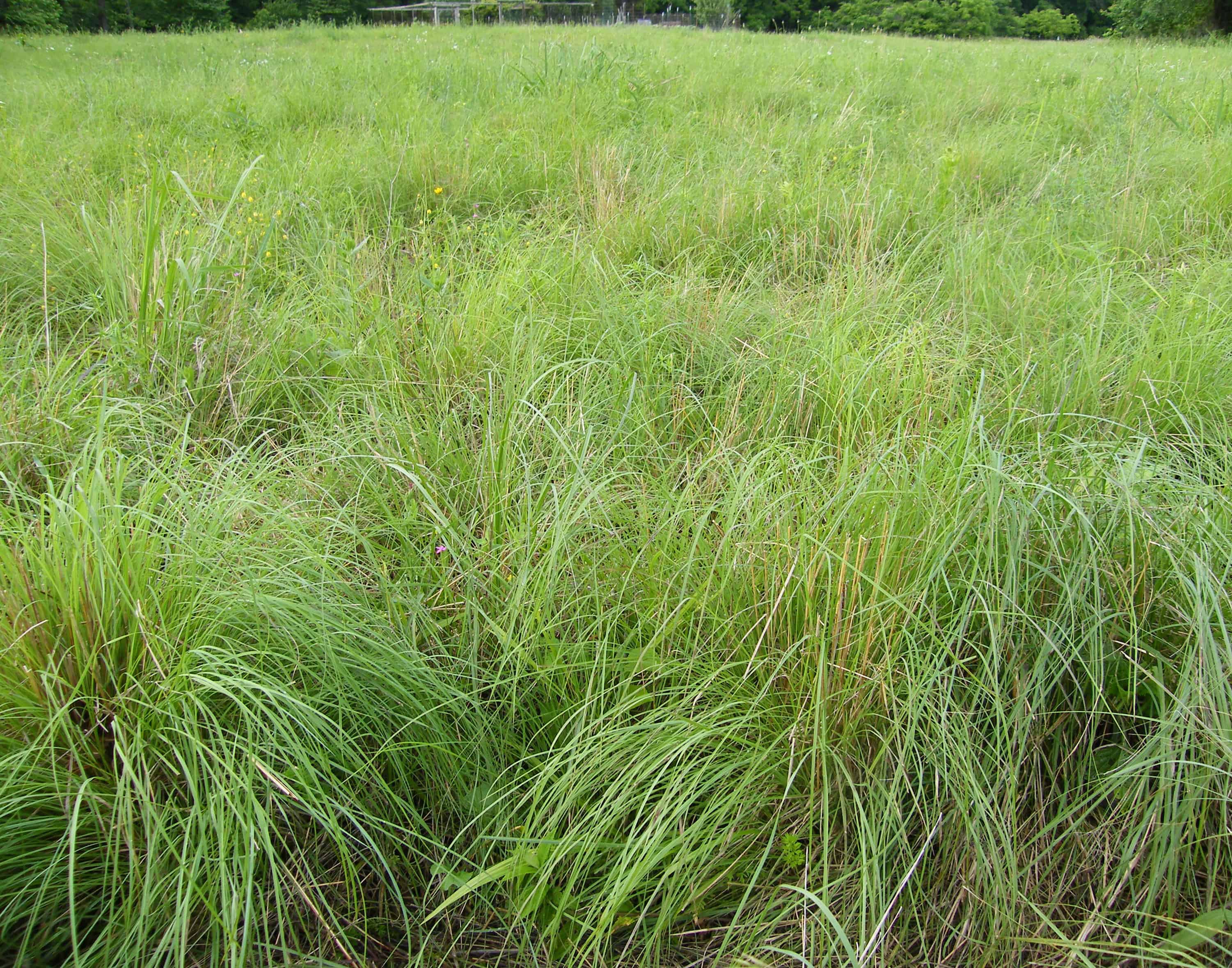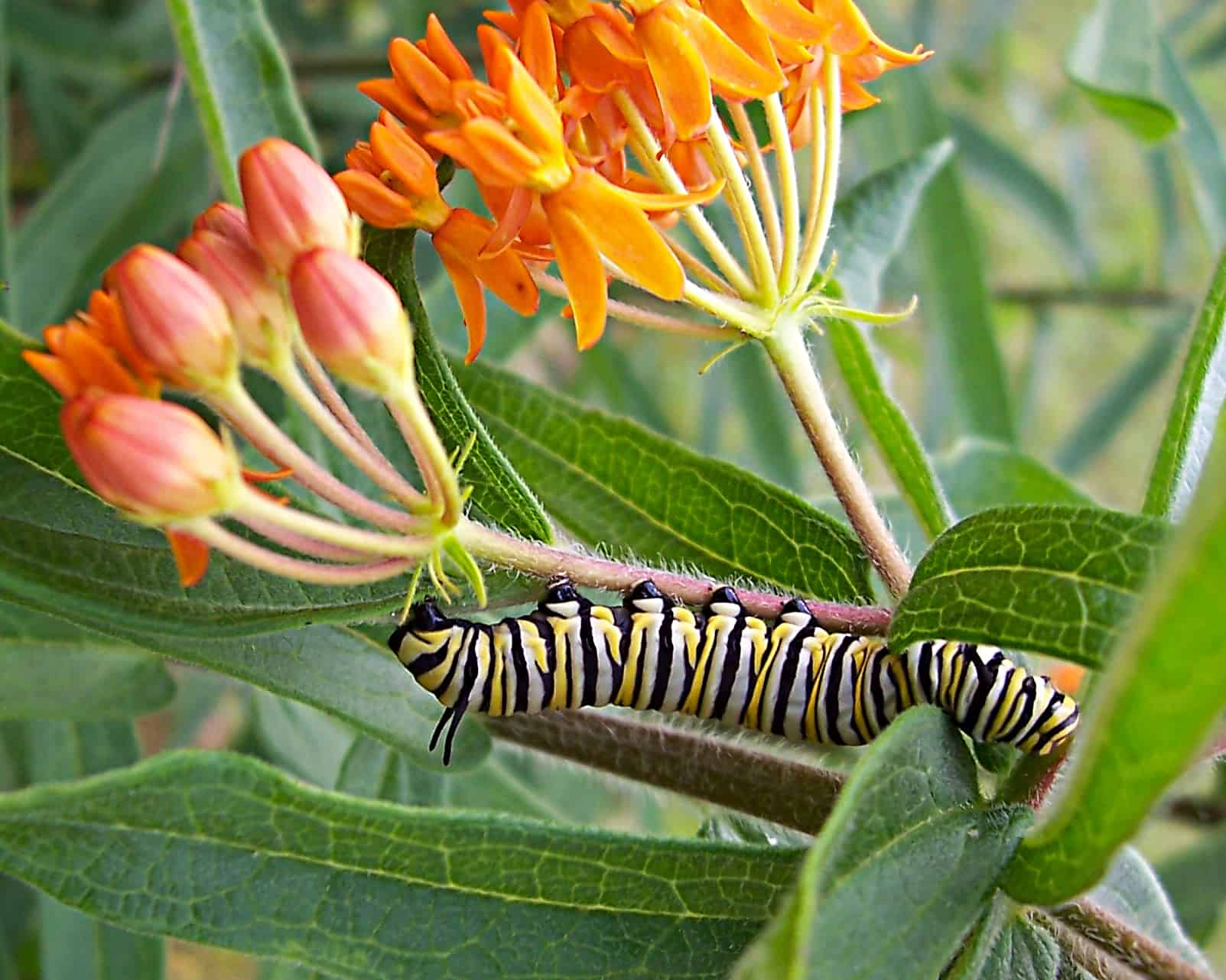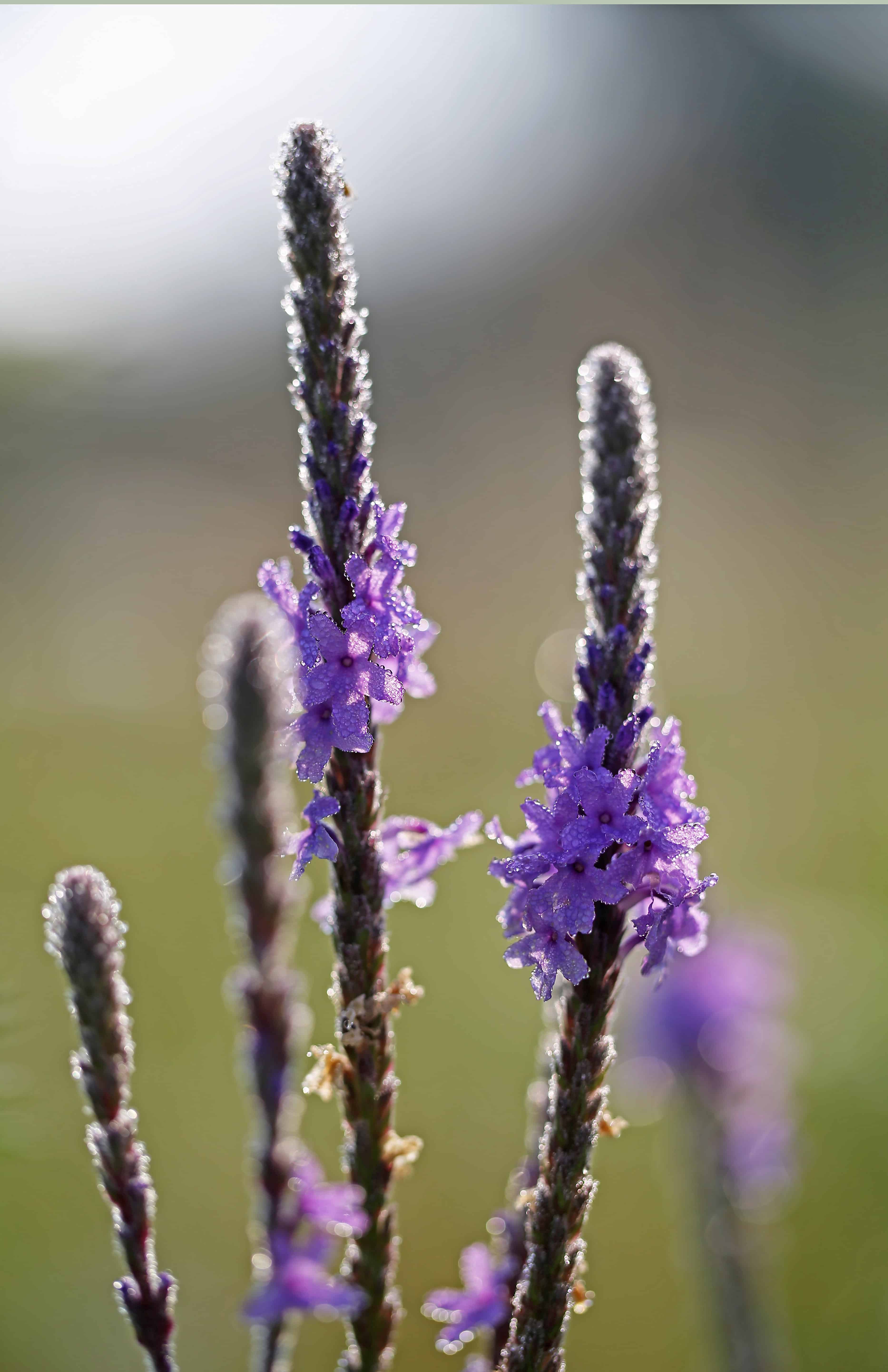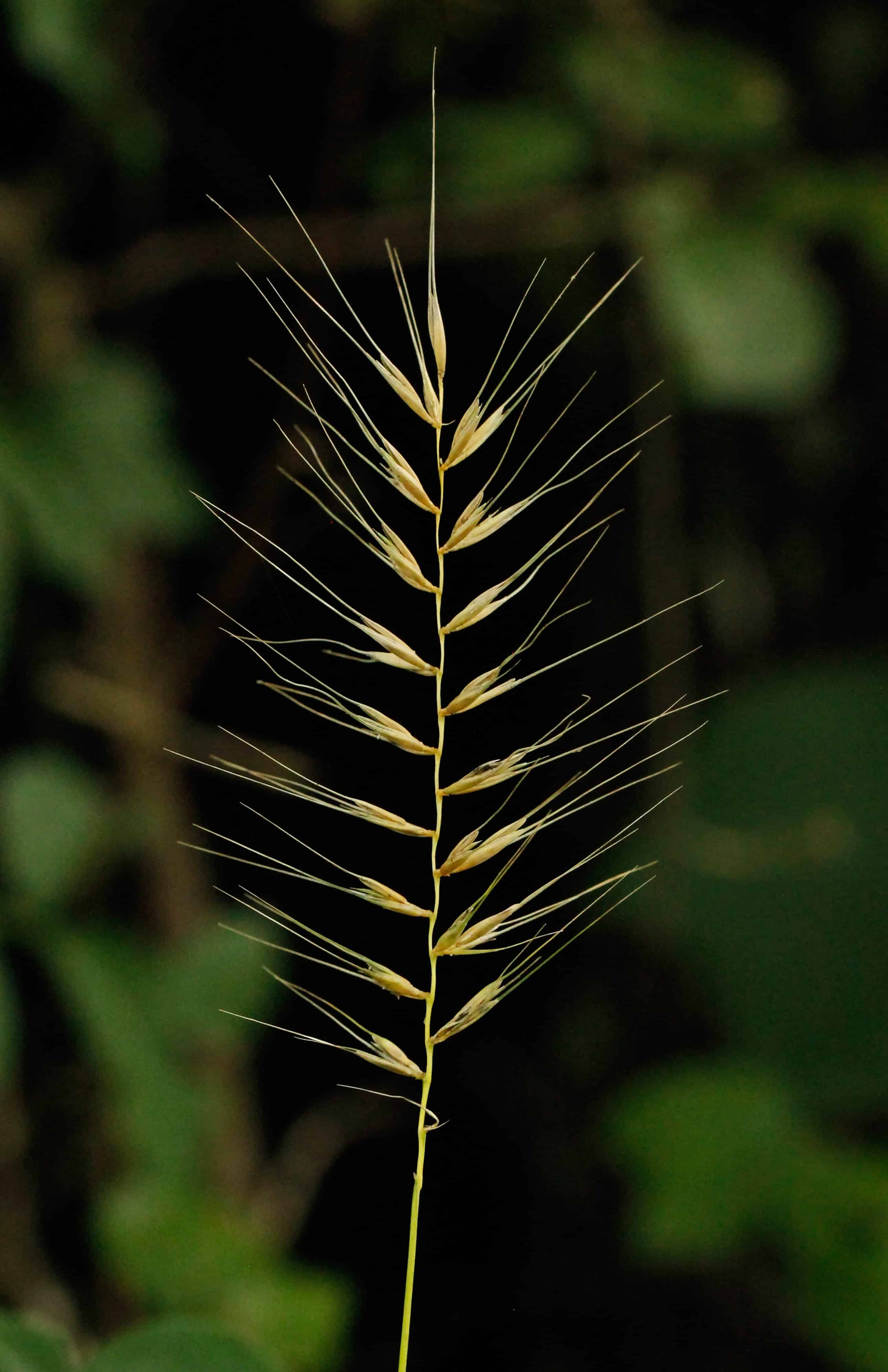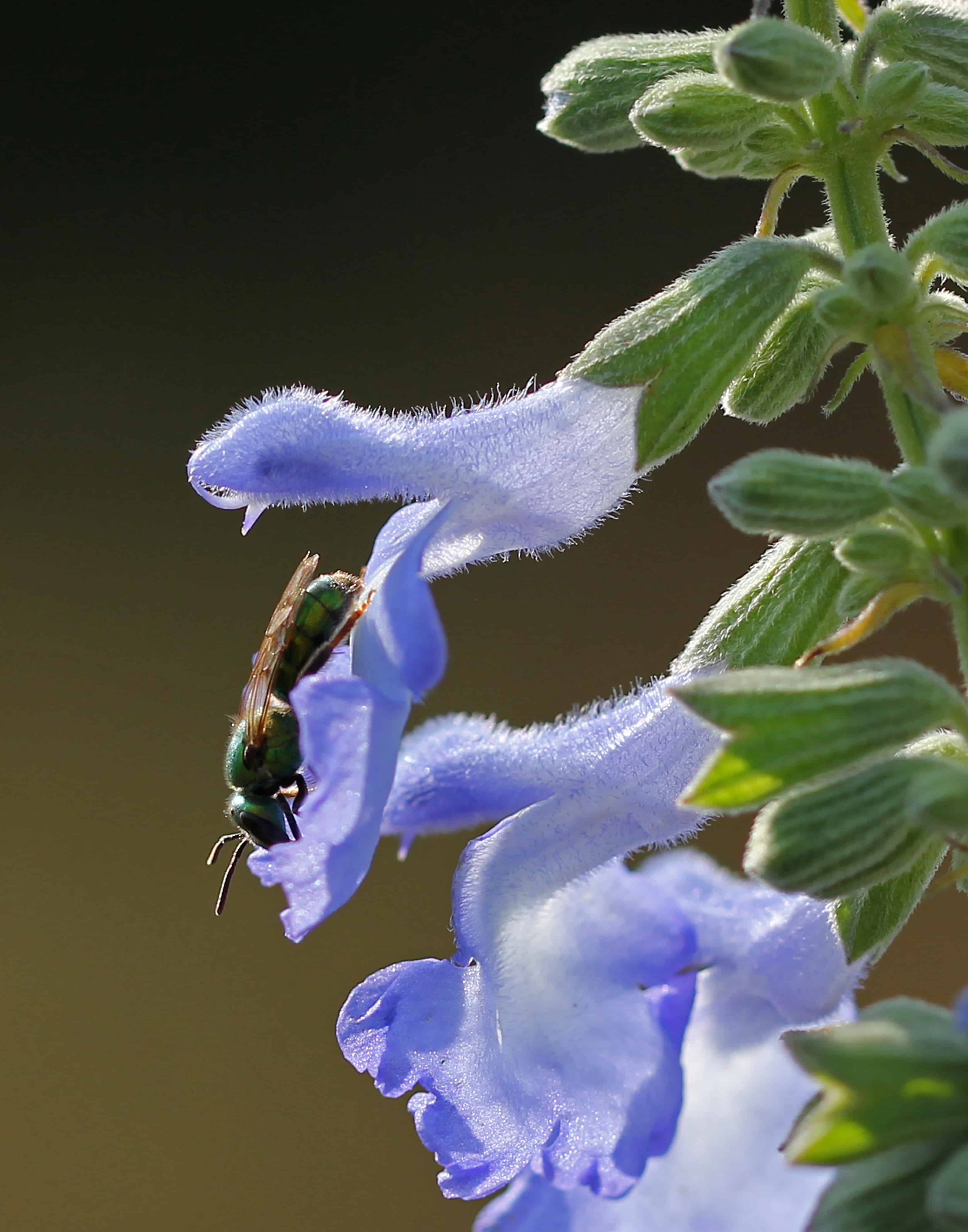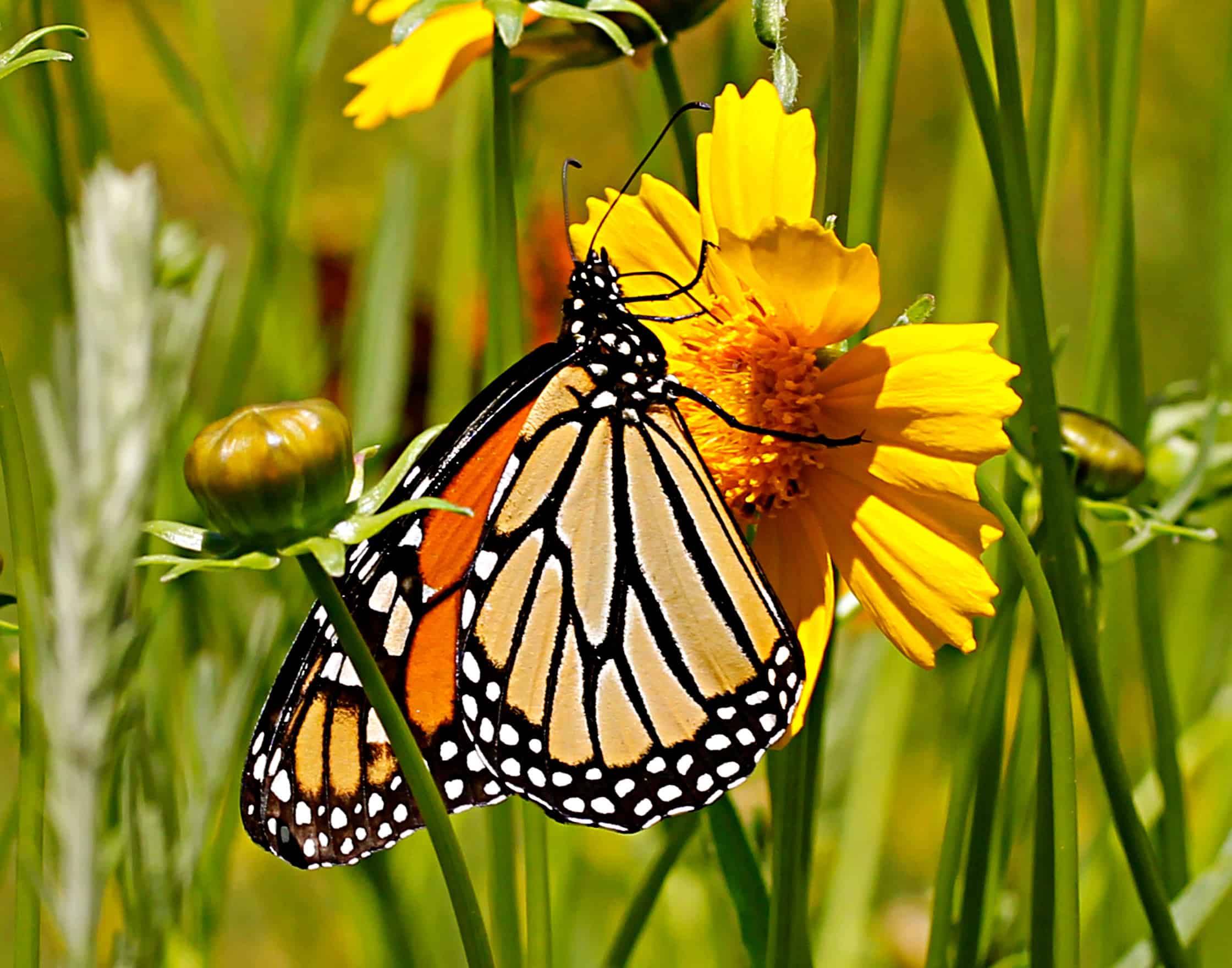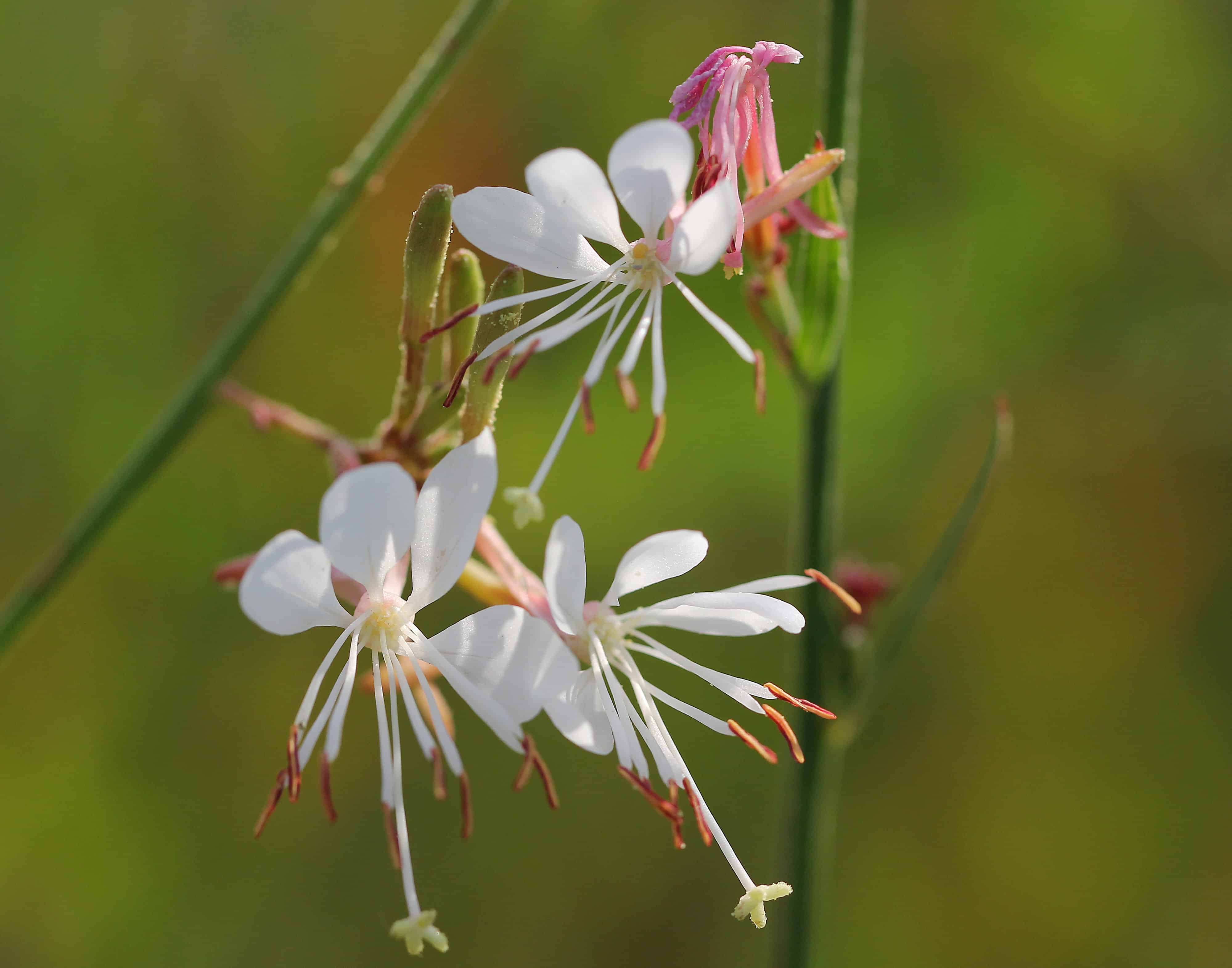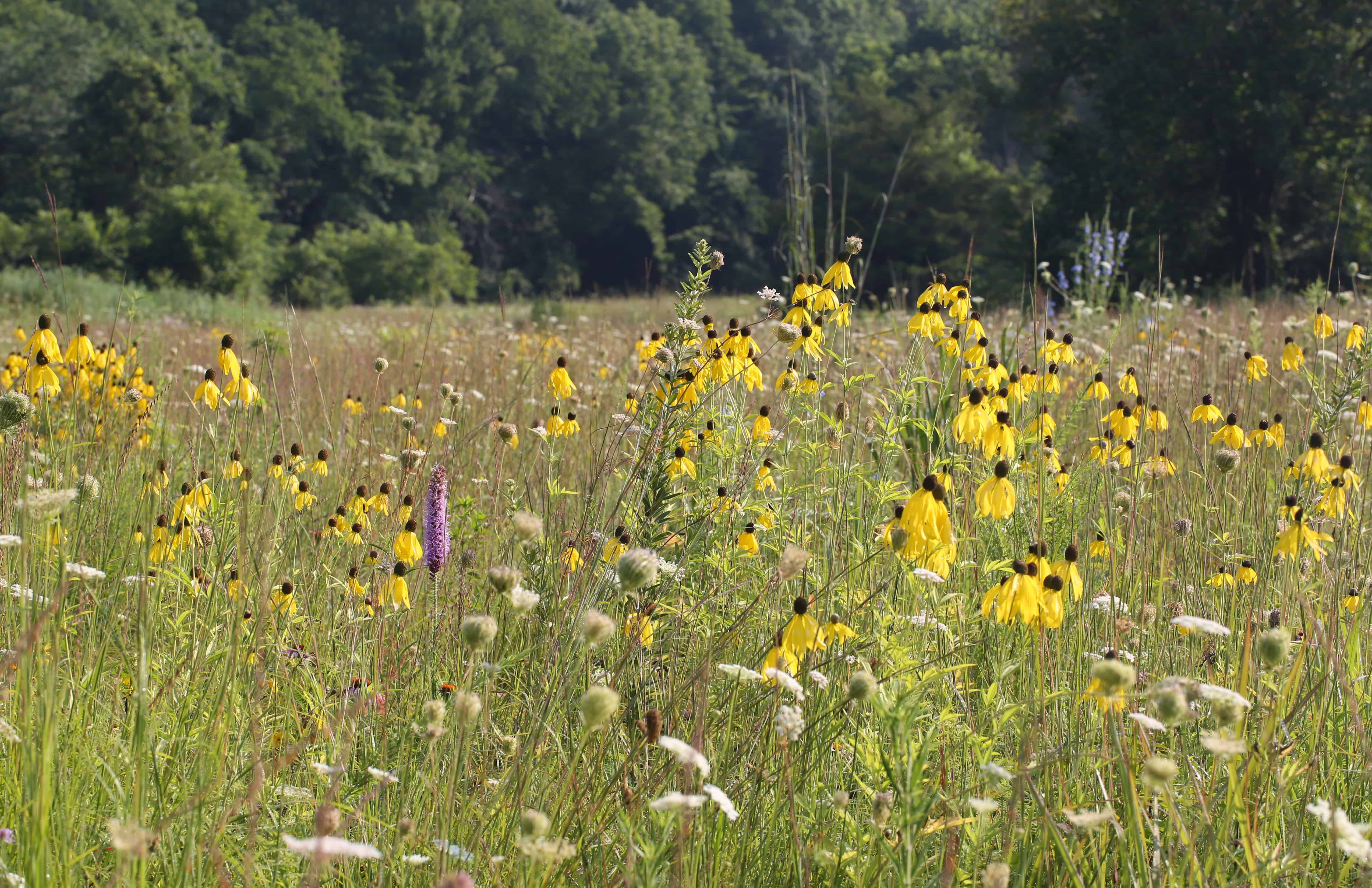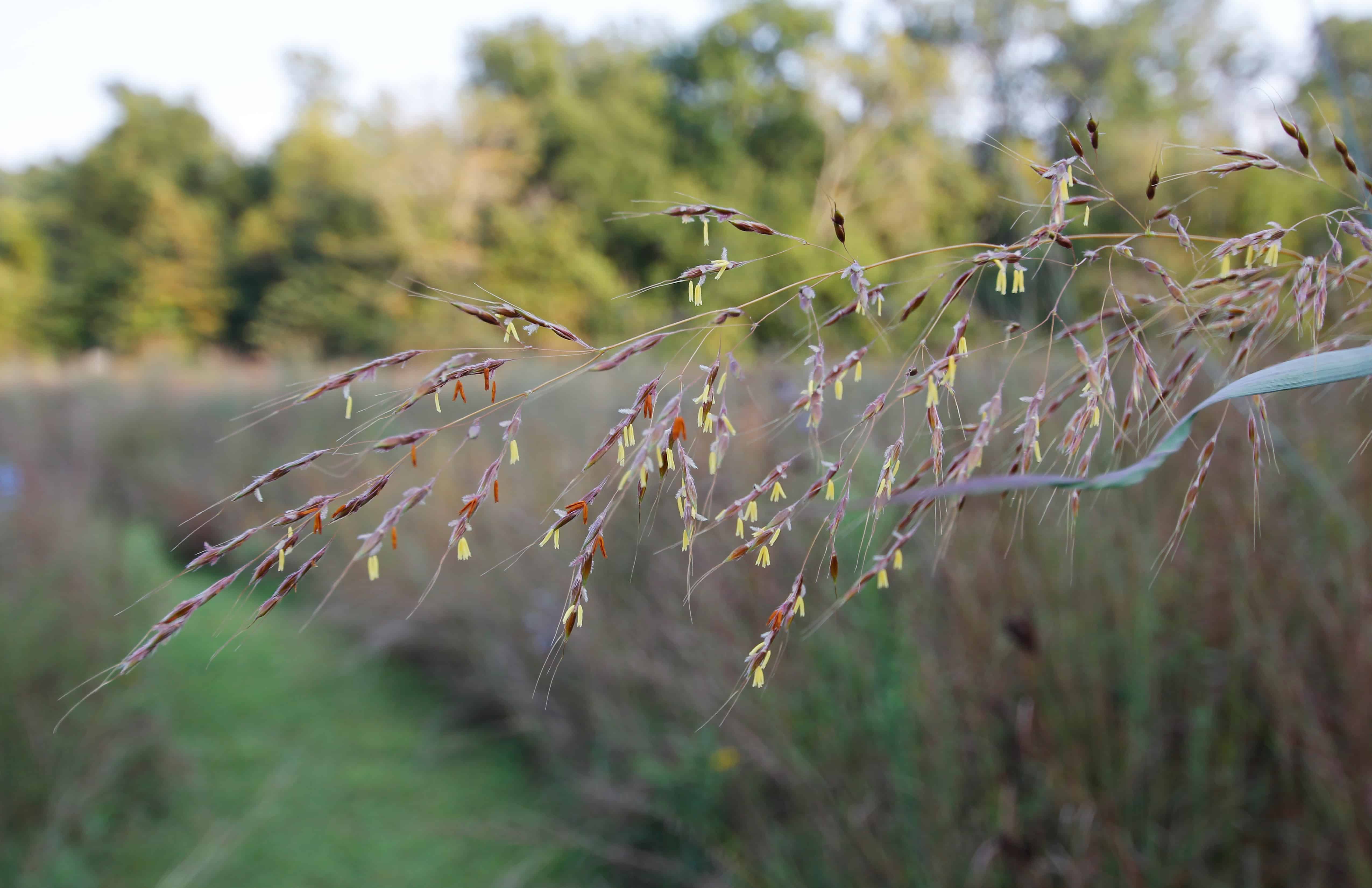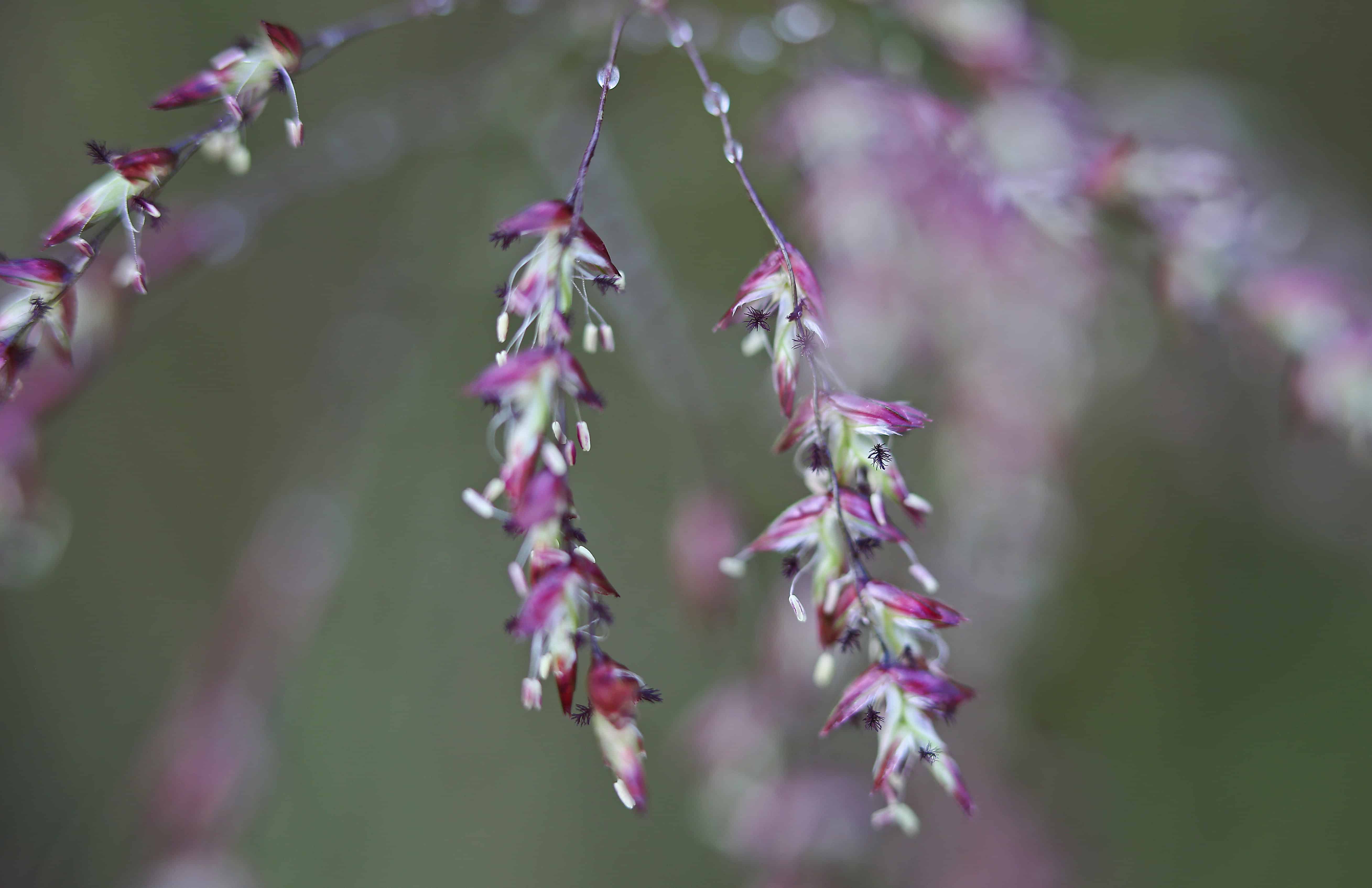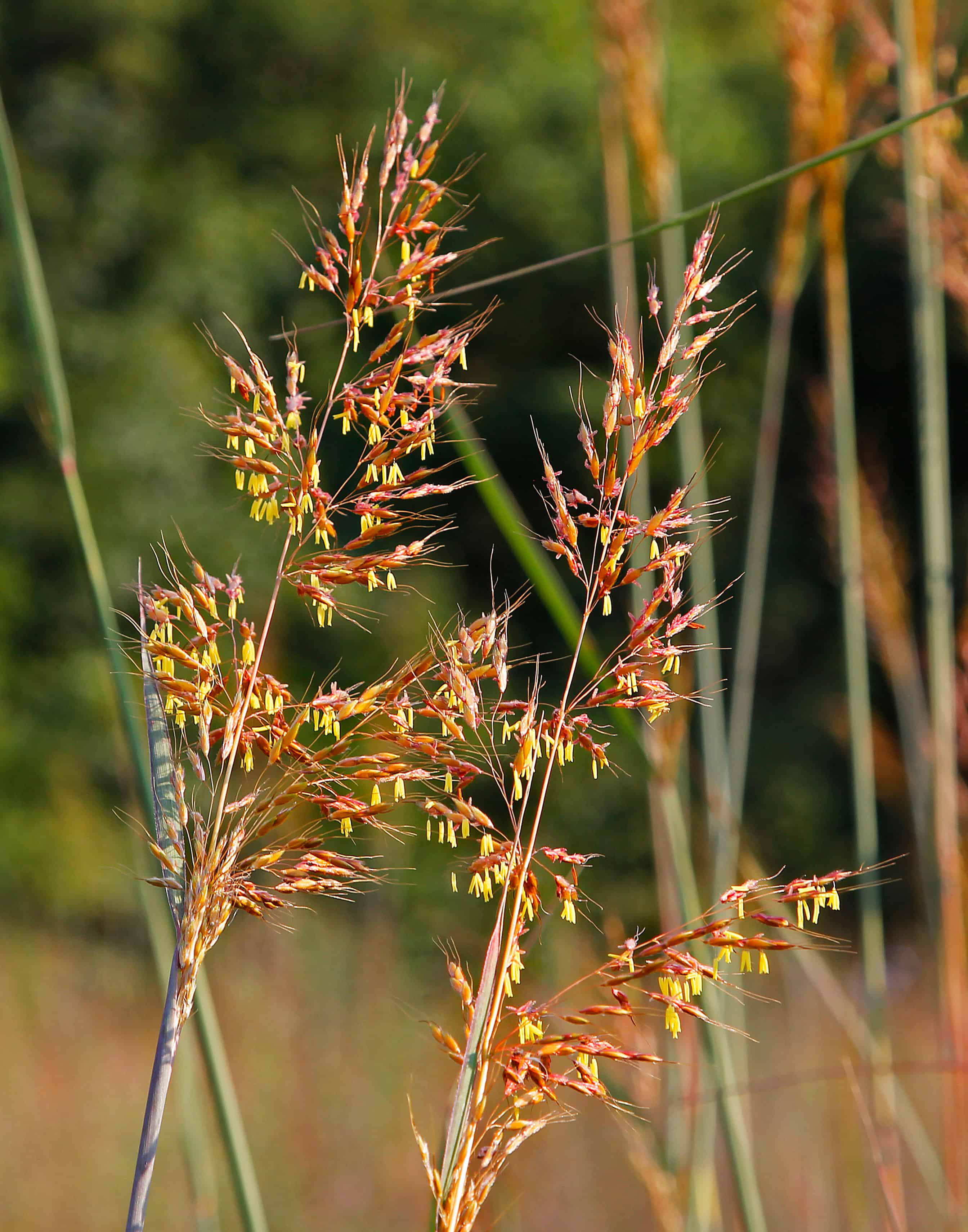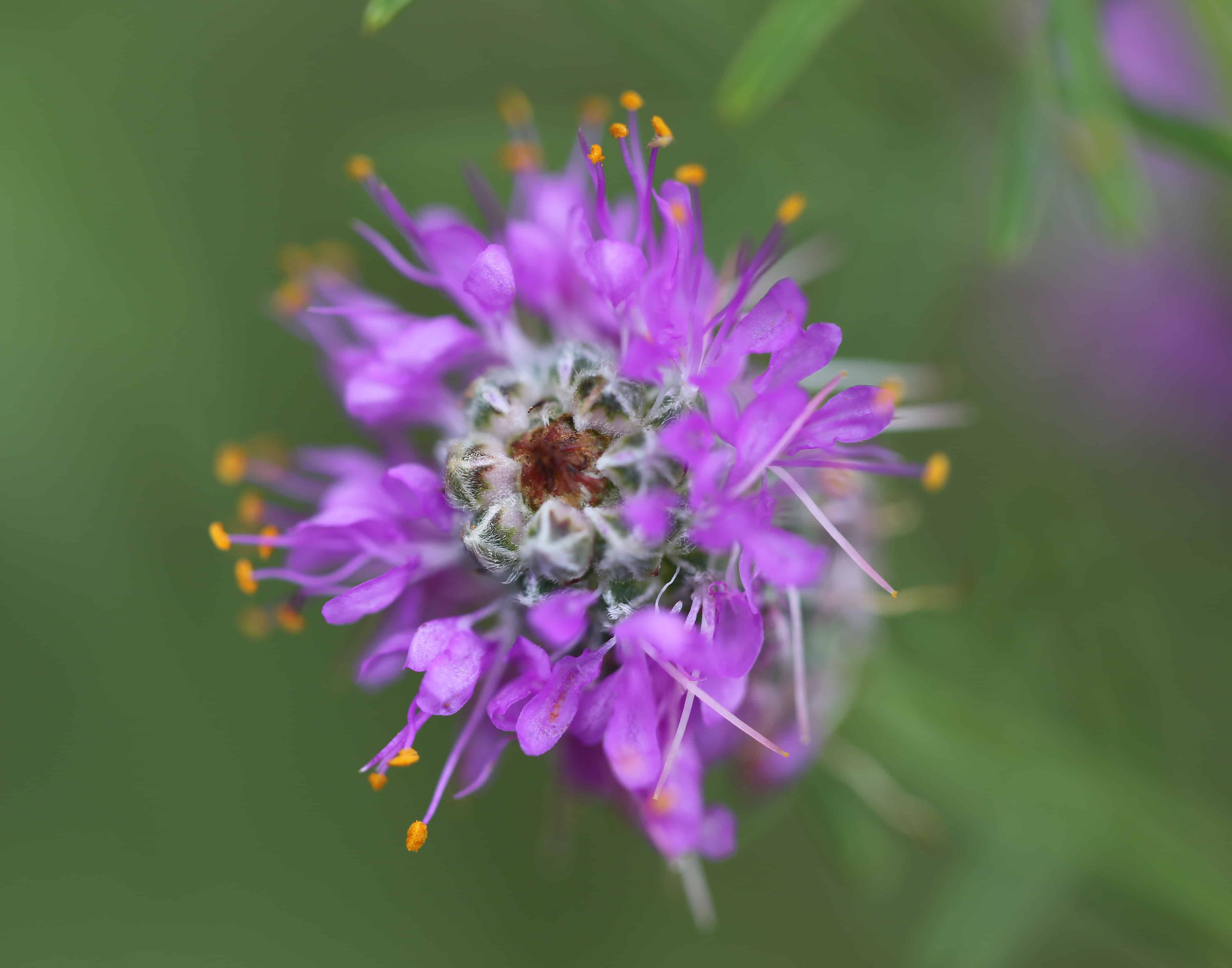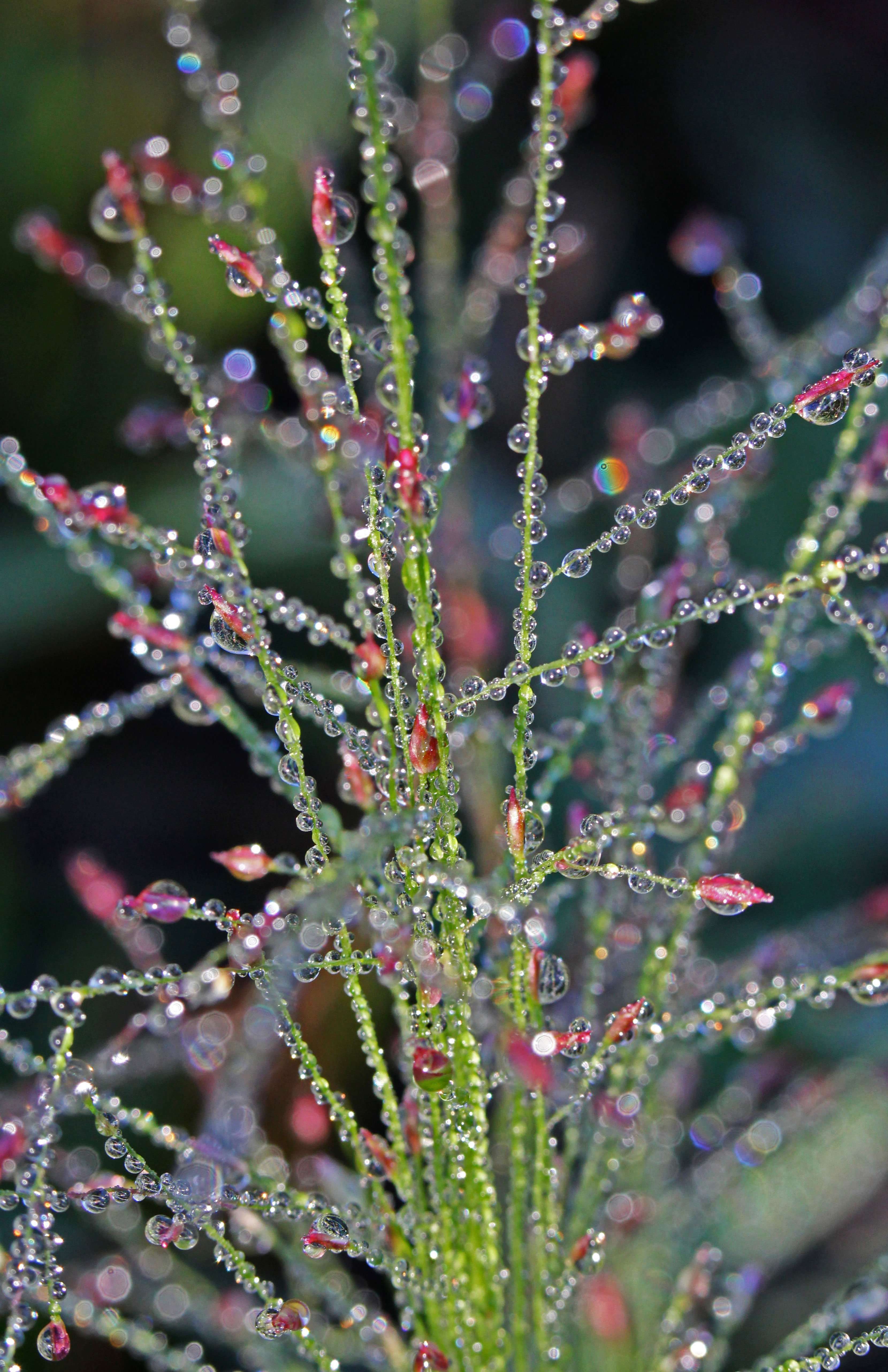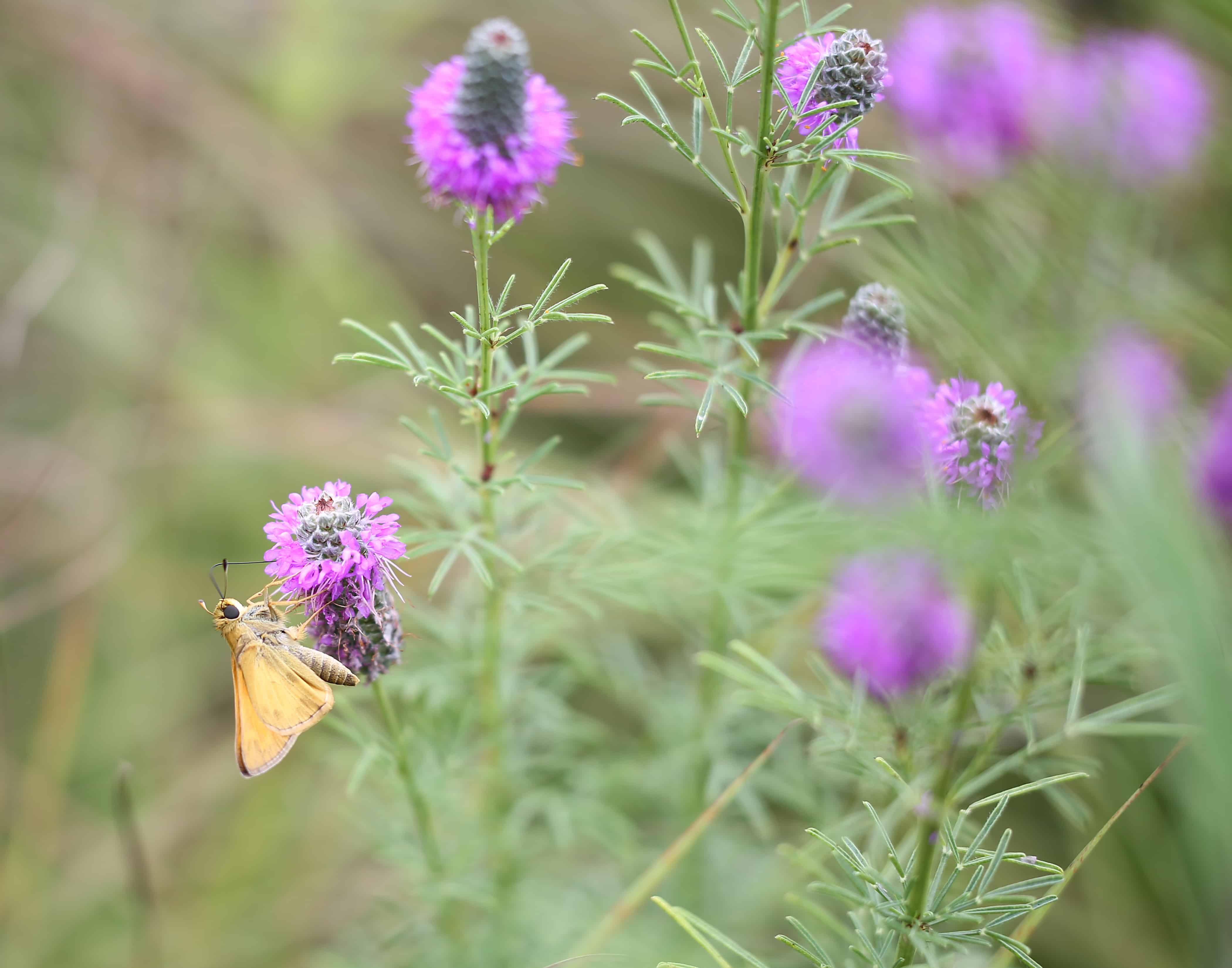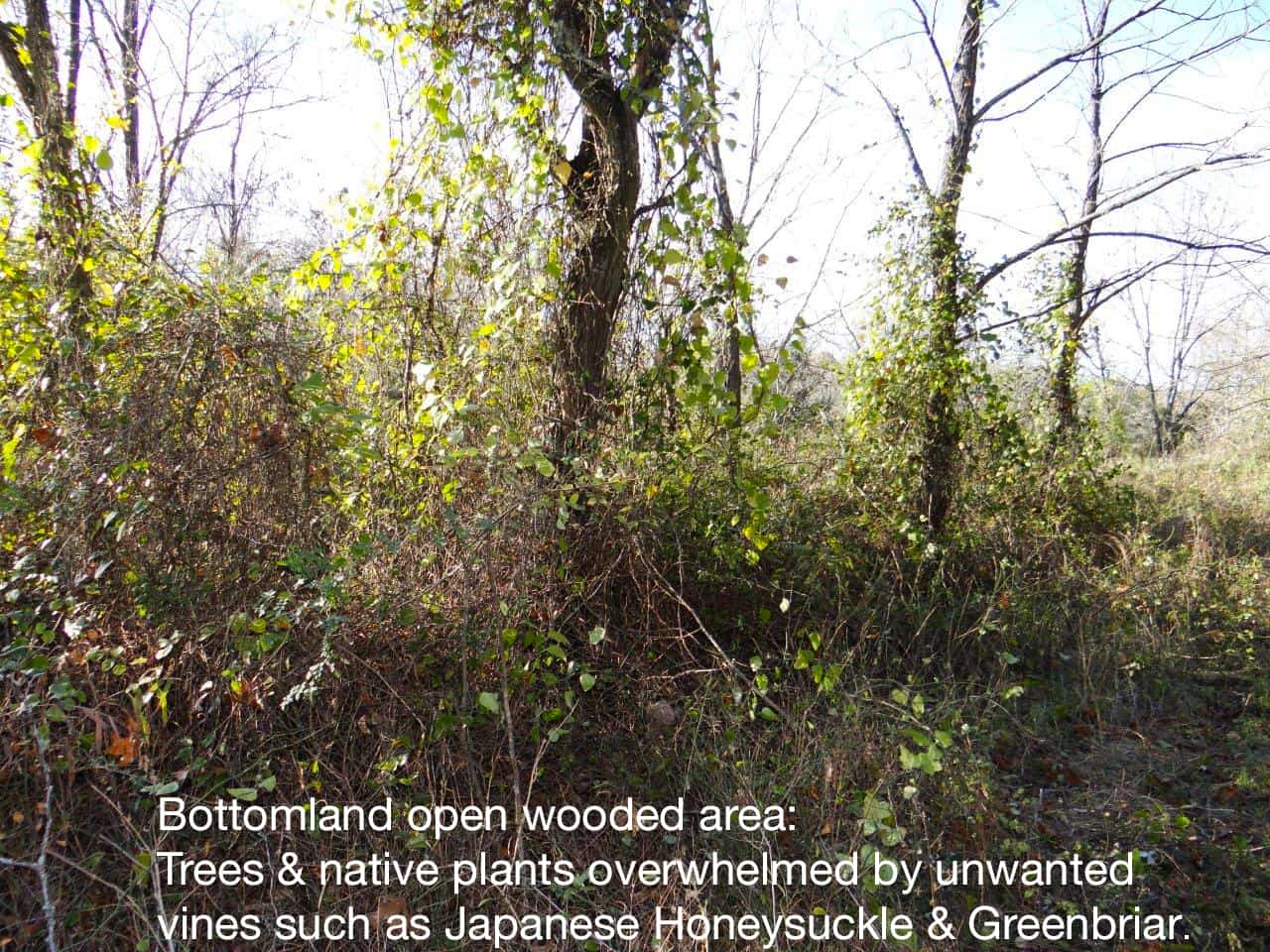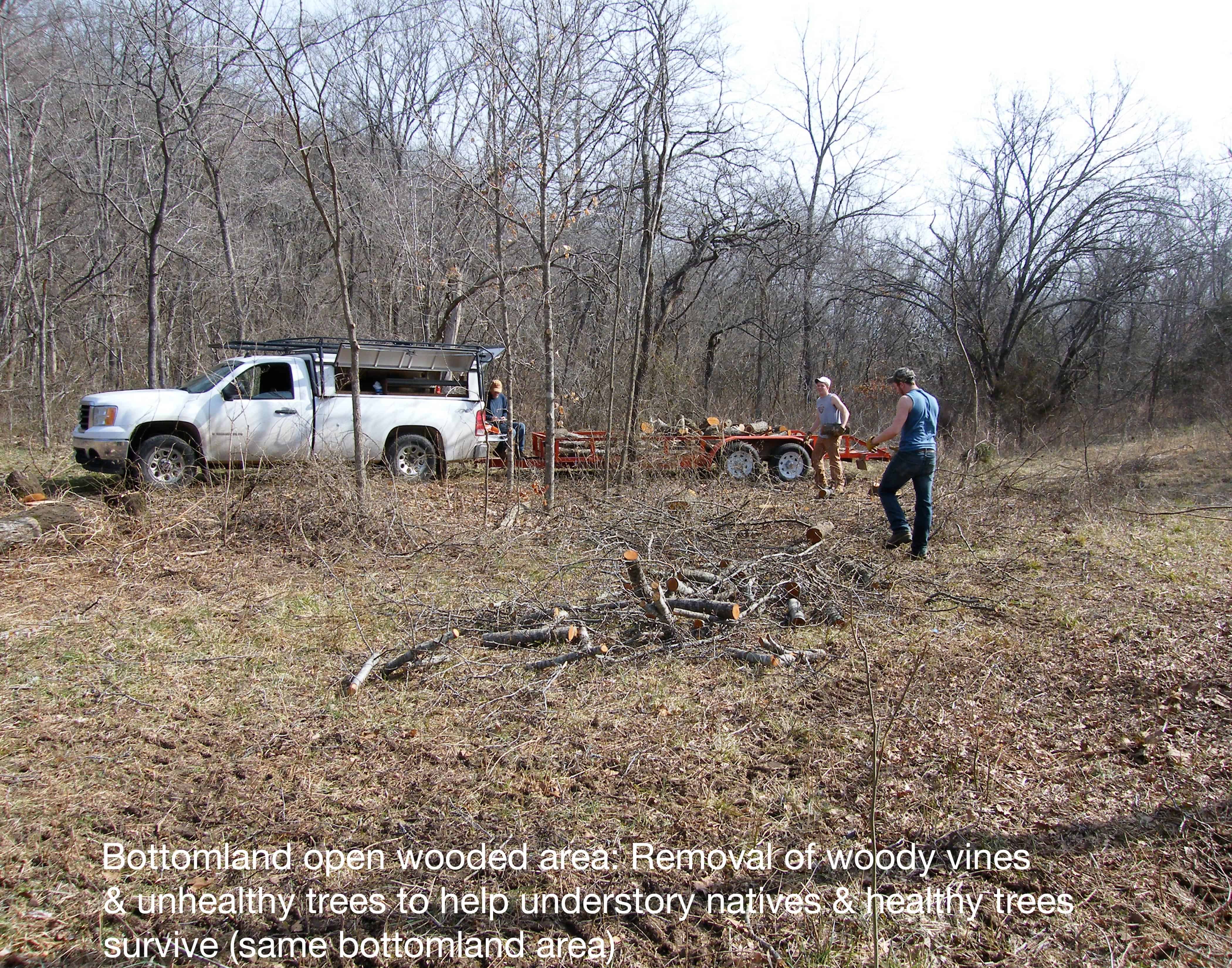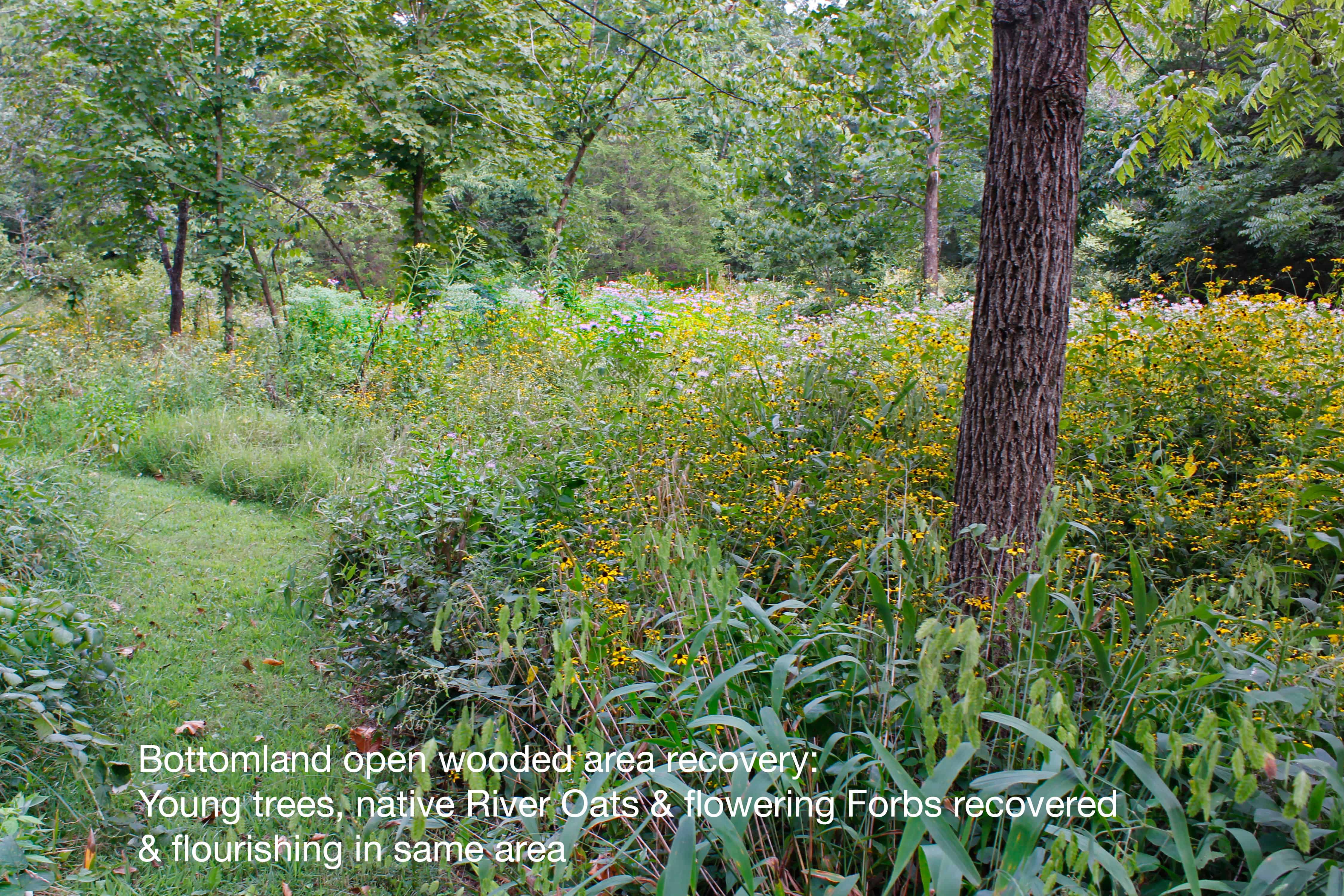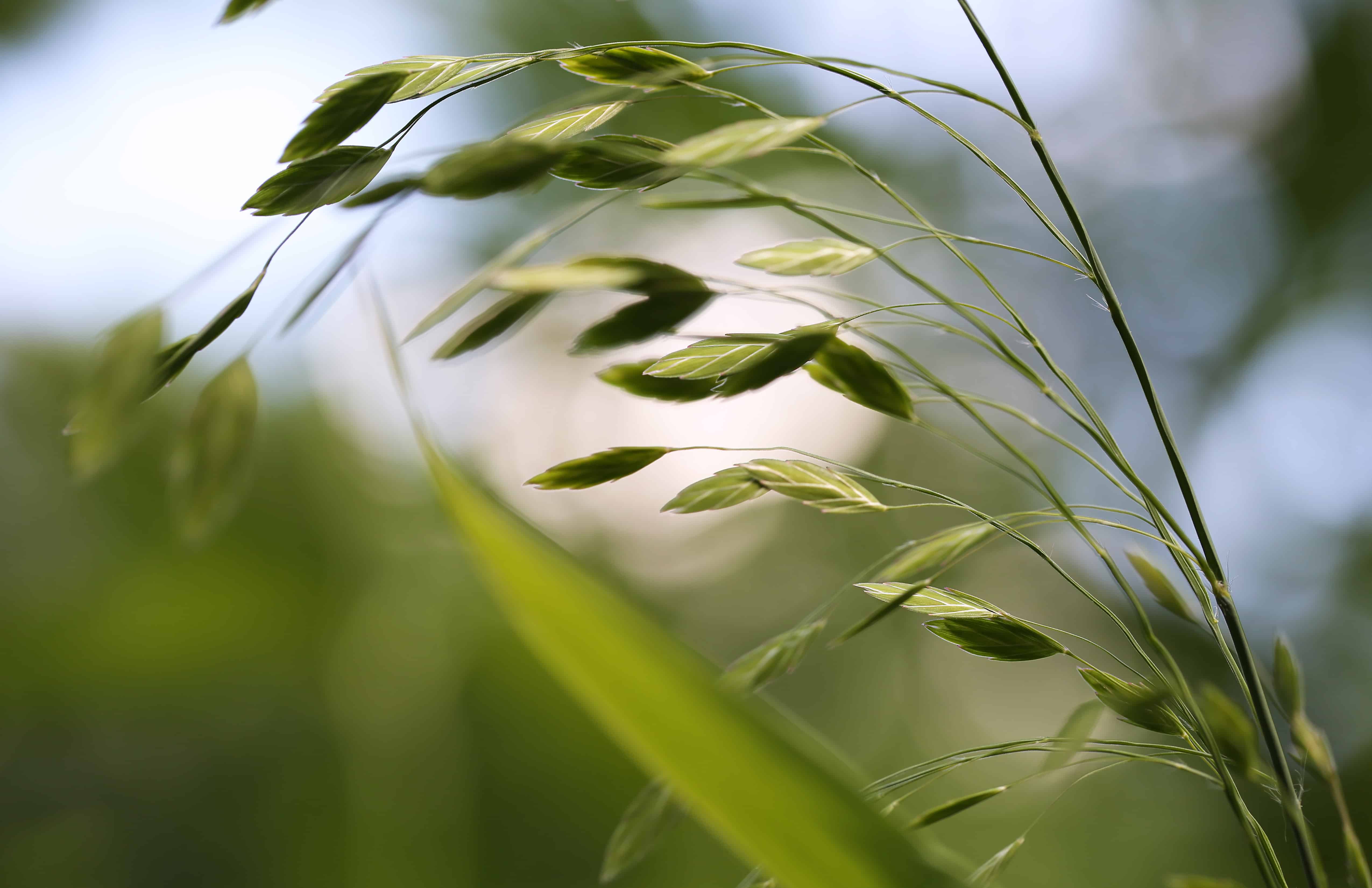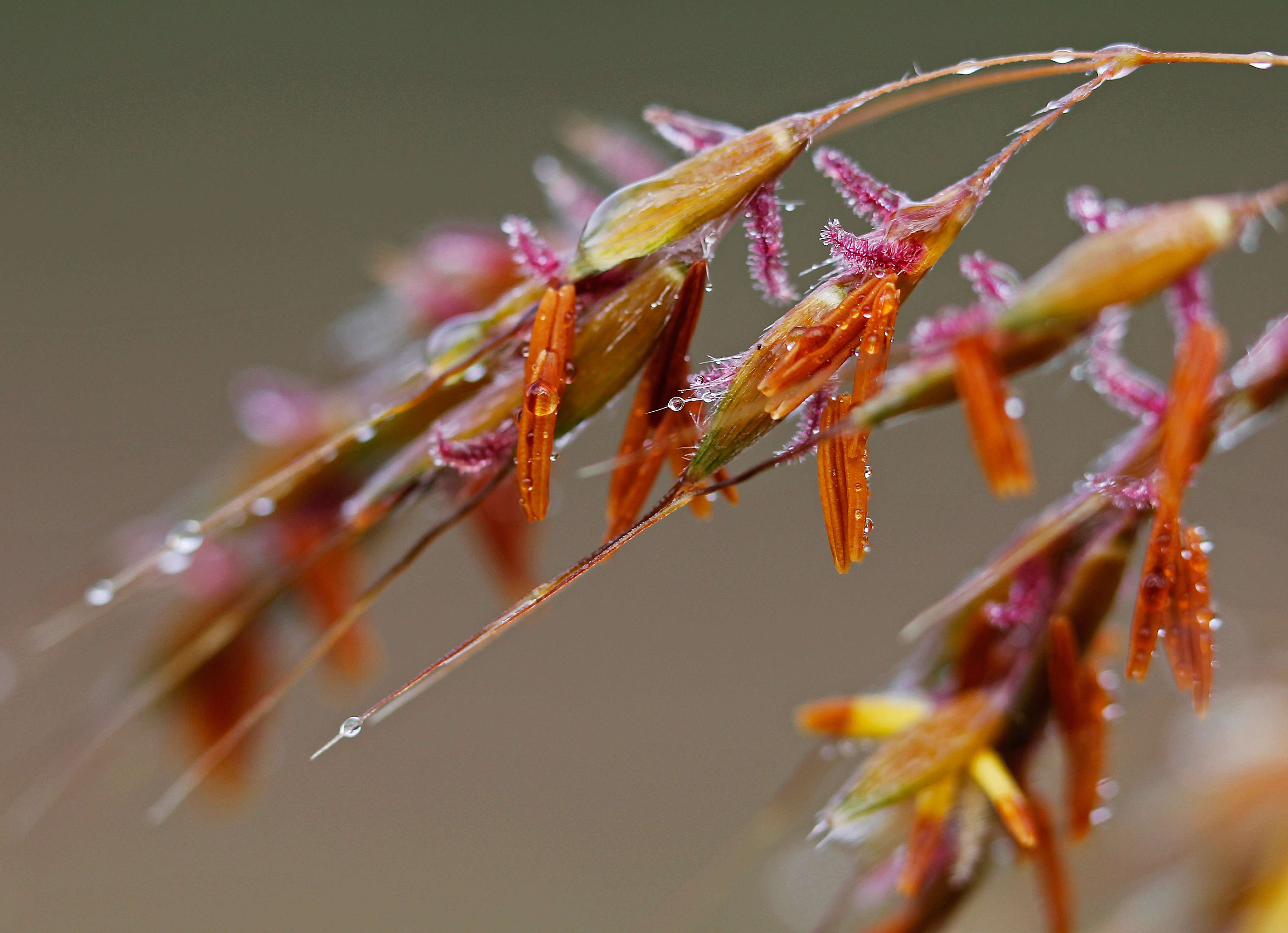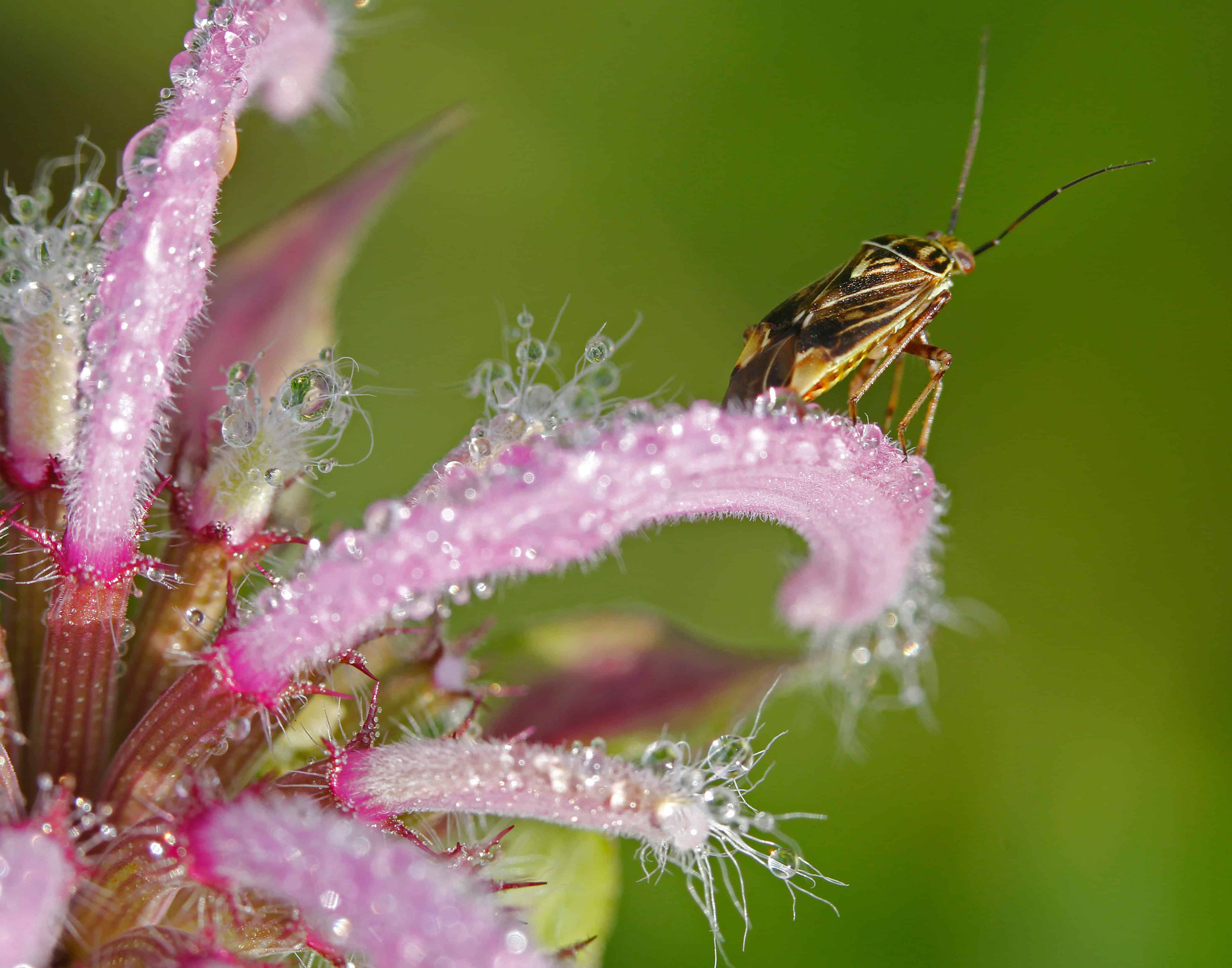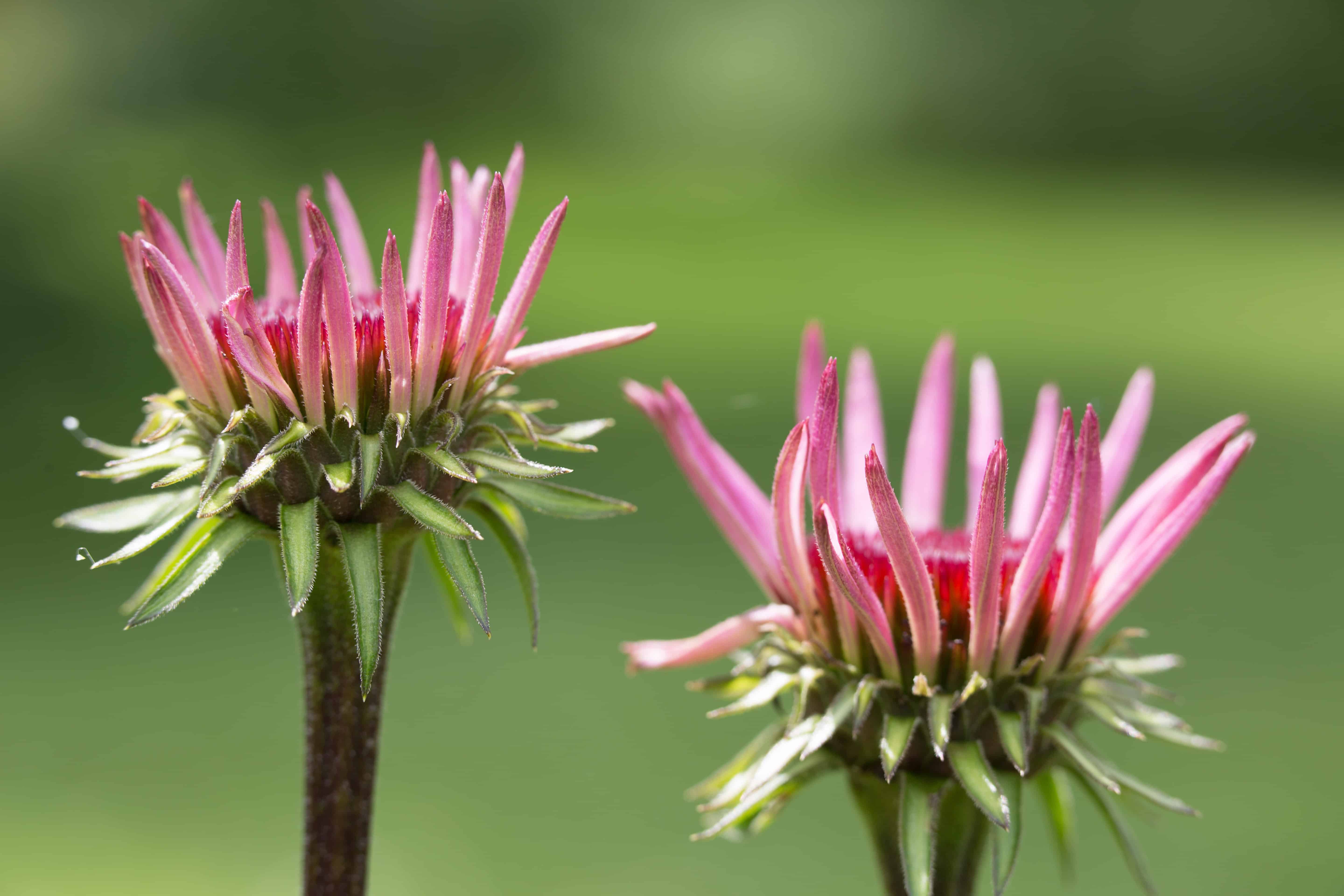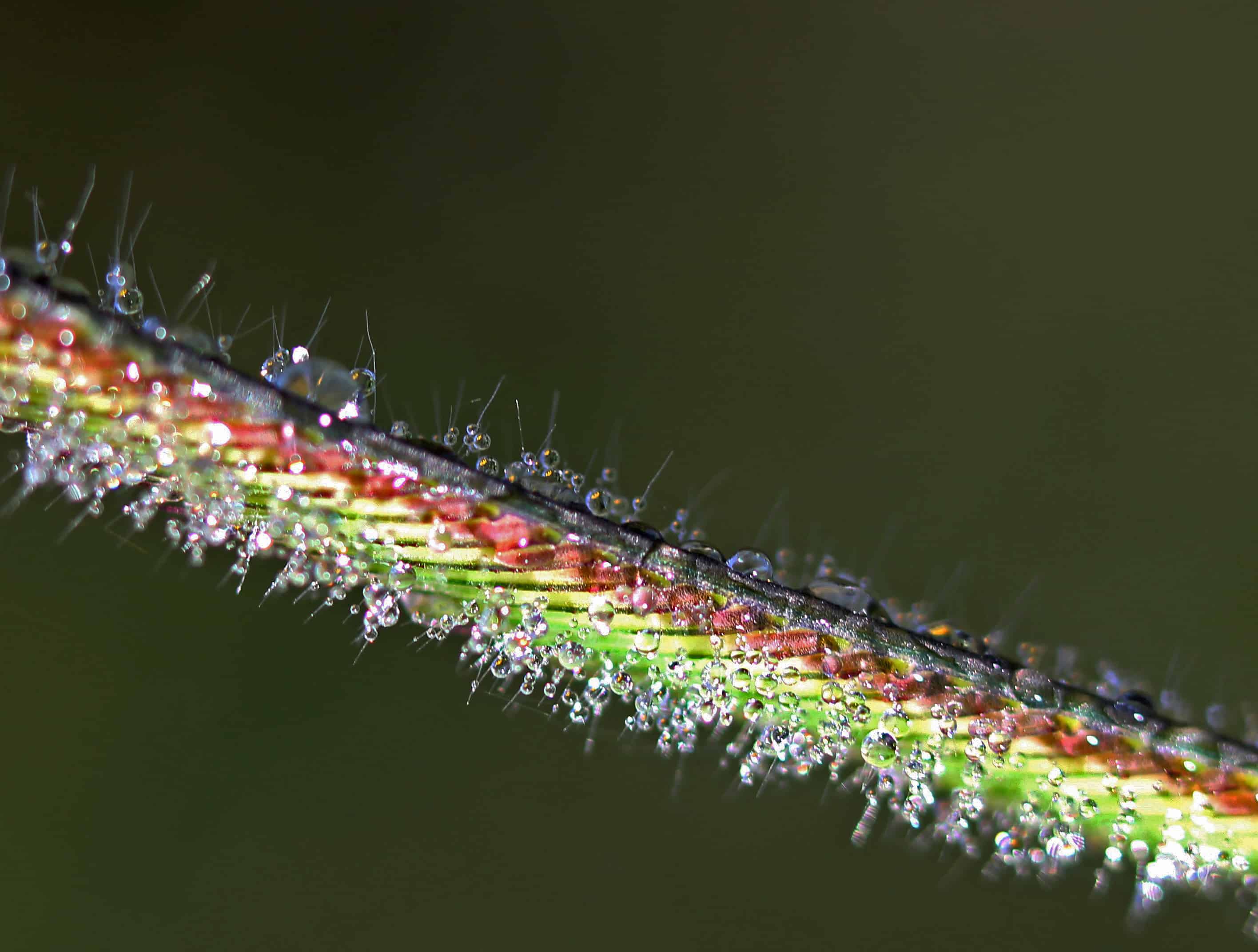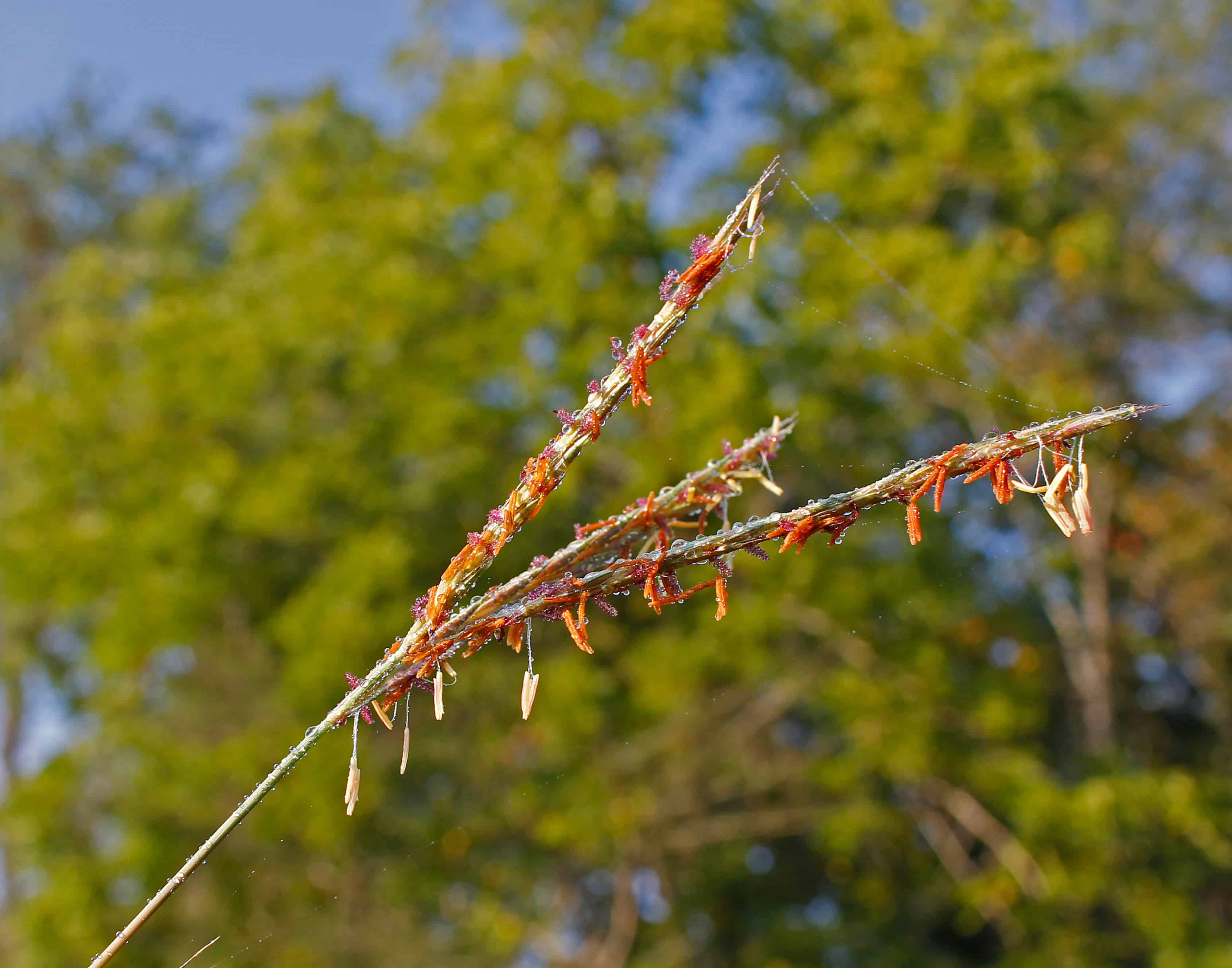Native Plant Restoration
My husband and I have some creek valley fields that were old abandoned hay and crop fields before we purchased our property. We had many varieties of plants that flourish in old abandoned fields, including fescue and the extremely invasive Spotted Knapweed.
We have always wanted to encourage birds, wildlife, and pollinators to visit our property, with quail and turkey among our priorities. Not having cattle, we didn’t need the fescue growing intermingled with unwanted, invasive weeds. The knapweed was taking over at a ridiculous rate, pushing out some other plants that deer, turkey, and quail prefer. I learned that young quail can’t get around well in fescue. I had been growing native flowers around the yard for years.
We love the benefits of having beneficial pollinators and insects and seeing more birds and other wildlife because of them. After looking over the possible options for our land, we decided to gradually change our fields to a lowland native prairie, with native warm and cool-season grasses, legumes, and wildflowers while encouraging native shrubs and understory trees along the forest edges.
It’s been a slow process over the years, with much to learn. Caring for our land is filled with interesting challenges and hot, chigger-ridden work. But it has lots of rewards. This little project will naturally stretch out for years to come. The rewards? Beauty and diversity. We’re seeing and hearing many more pollinators and songbirds – including more Indigo Buntings, Warblers, Grosbeaks, Quail, and other wildlife.
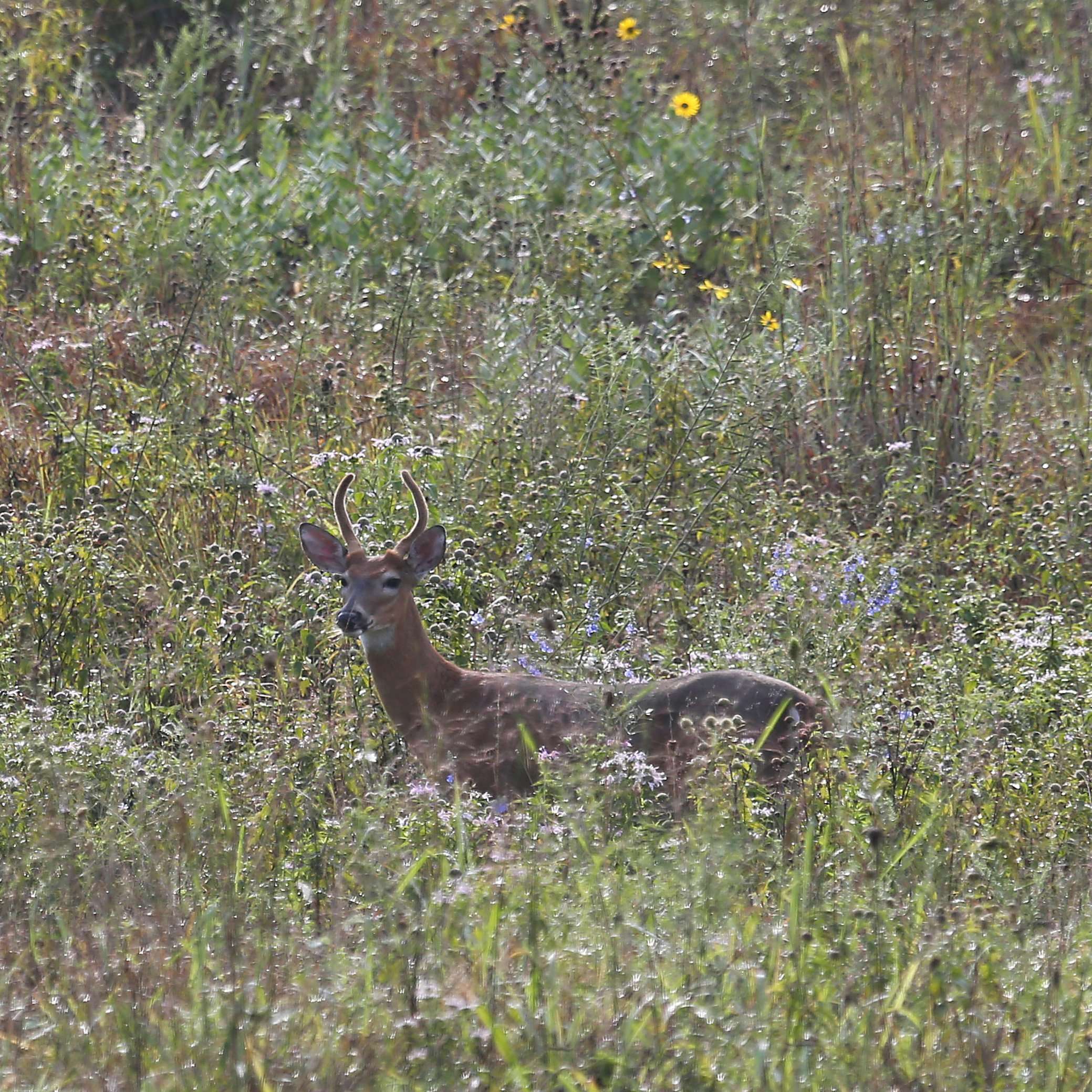
Welcome, pollinators, birds and wildlife!
Someone asked me recently what advice I might share with someone starting something similar. Here it is
2015 (5 years from starting):
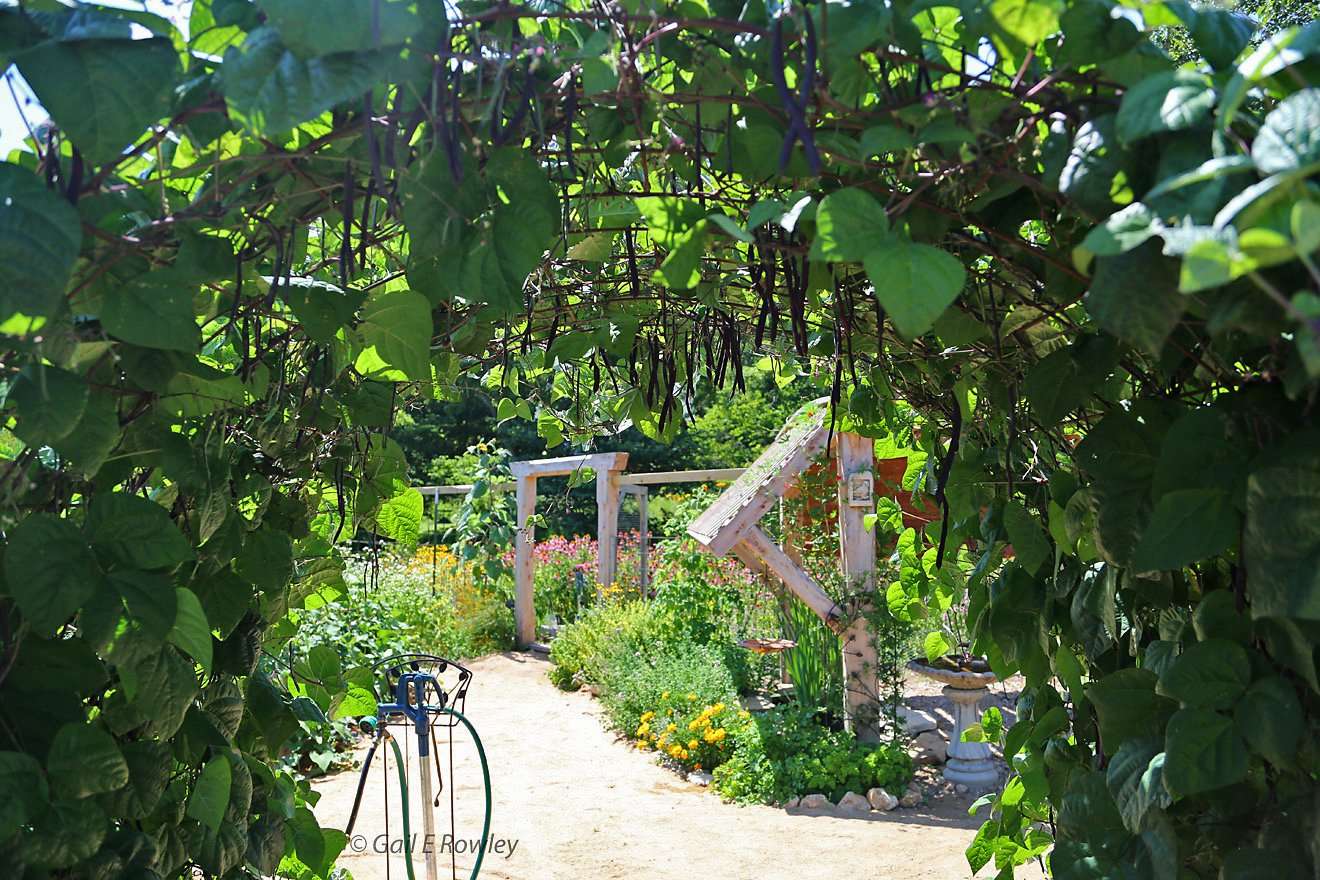
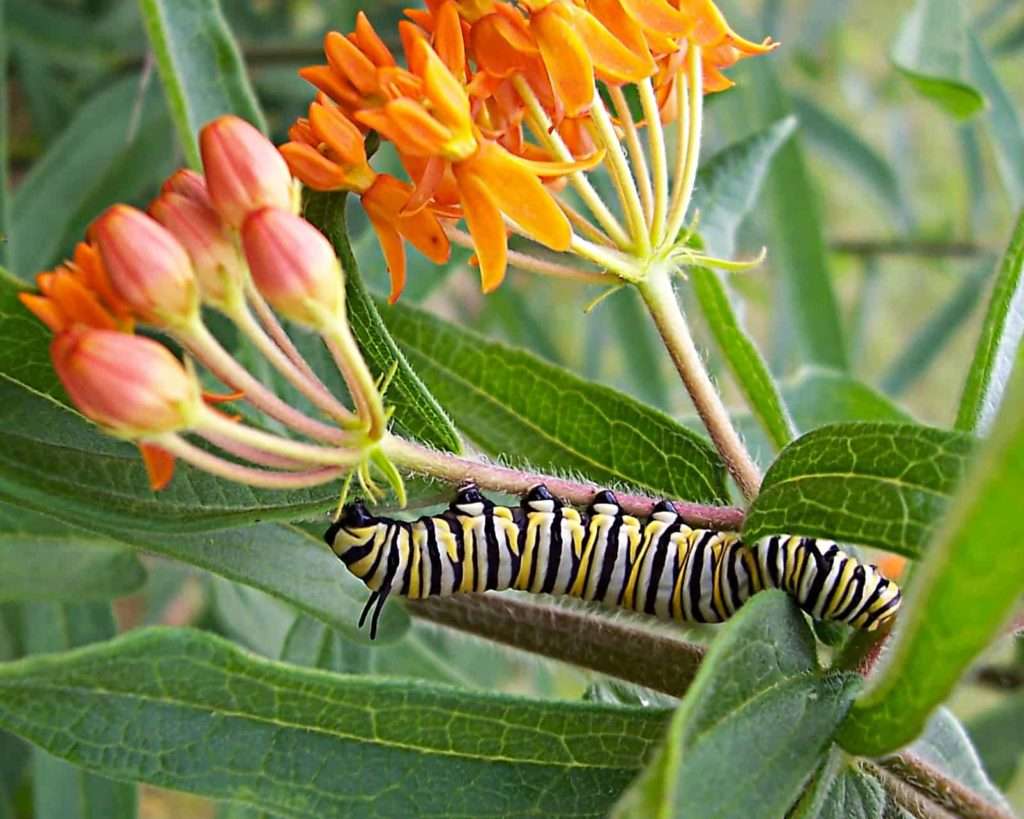
Start small. As your project grows, be prepared for ongoing labor/maintenance. The biggest expense in restoration is the work itself. Like any valuable project, follow-through is vital. Tell yourself you’ll see wonders and witness the beauty, big and small, beyond your dreams—it’s true! This will help you persevere.
Take your time preparing—reading, asking questions, and observing. Encourage the natives already there; learn what the invasive non-native plants look like and discourage them. And when you’re hot and grubby cutting out some invasive plants yet again, don’t get discouraged.
Remember your goal, songbirds, and other life in that field that will thank you next summer. Good things take time. Ask for help from those who know – they want to help you. If you’re in Missouri, talk to the Missouri Department of Conservation and native plant professionals such as the Hamilton Native Outpost.
If you do any prescribed burning (it’s very beneficial) get help from those who know. Learn the safety measures – from firebreaks, safety equipment, understanding weather and airflow to the right kind of shoes you wear. Make sure you’re ready, with trustworthy people on hand, and let your neighbors and the fire department know you’ll be burning. Call your local conservation department or university for who to contact for workshops on this, extra information and perhaps hired help.
The benefits are wonderful! There is still work to manage invasive non-natives that sneak in from surrounding areas, but each year, it becomes easier. We now hear many more songbirds, wild turkeys, hawks, owls, and some years quail. Each year, we marvel at the diversity of native pollinators and other interesting insects. I feel healthier and happier whenever I walk in native grasses and wildflowers.
By the way, keep a winding path mowed for walking! Or, if you have a small patch of natives, place some stepping stones to get in the middle of the magic! Have fun witnessing the diverse life native plants bring to your place!
June 2017 – June 2020:
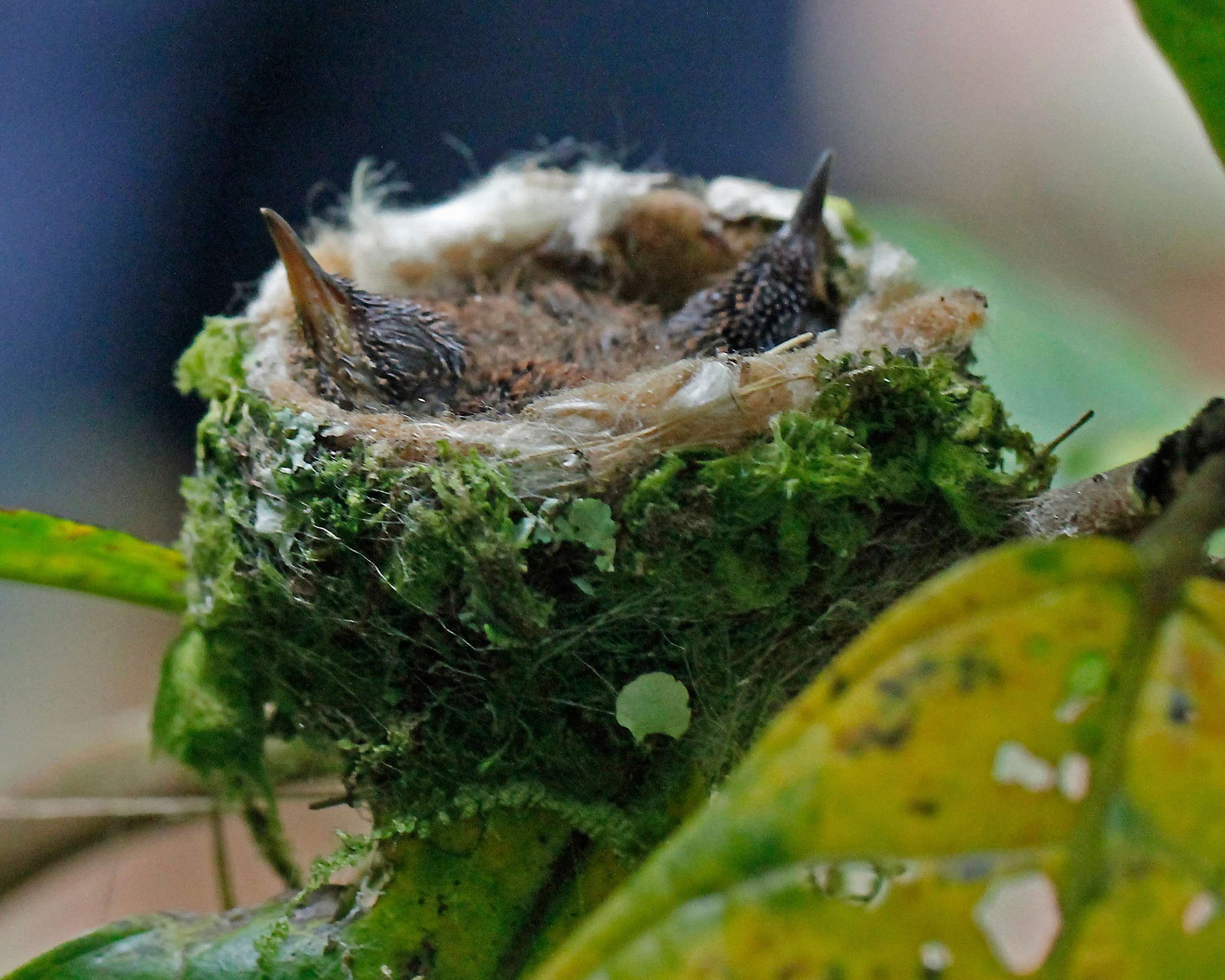
June 2020 – July 2023:
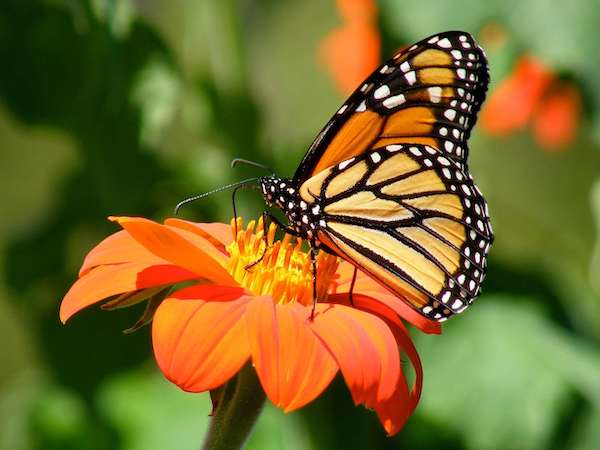
Each summer, we’ve invited small groups of friends and others interested to walk our field paths with us. Last July, a monarch flew from some flowers over to us, around us, and away. Diversity is satisfying in more ways than words can tell.
I’ve been pulling unwanted weeds out of our 3/4 acre special “natives pollinator field”. Last year we double-fenced it with electric fencing due to deer being so hard on their fav natives (purple cone flowers, butterfly milkweeds, partridge peas and others). Now I see countless native plants coming up – various kinds of native echinaceas, blazing stars, coreopsis, wild petunias, partridge peas, penstemons, sunflower varieties and more. What joy!
Meanwhile, the other 7+ acres of meadows show well-established native grasses and some great native wildflowers that deer haven’t consumed. We just planted native shrubs & understory trees along the stream bank that our rural electric company tore up in winter. I won’t let them do that next time!
Birds, butterflies and other cool insects are busy every day now, making life magical once again.
April 2024:
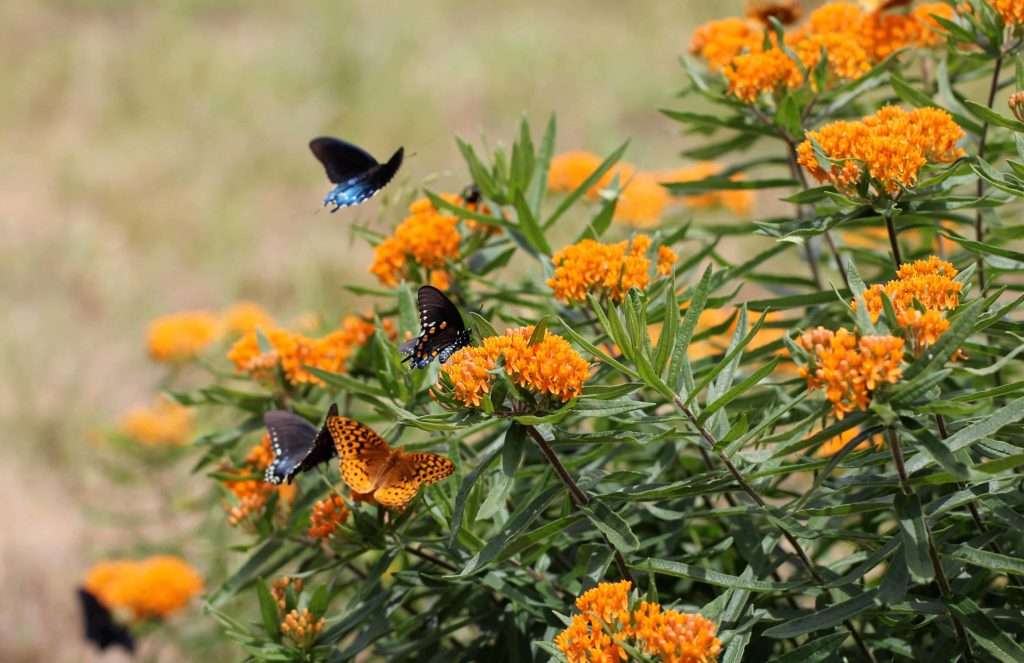
I’ll include a few useful websites. While researching native plant restoration, I found an old book written by John E. Weaver, a man of an earlier era who was on the ‘cutting edge’ of understanding native prairies. If you’re interested in delving deeper into native plants and prairies, note his book North American Prairie below.
A note: The true, vast prairies of the past in the state of Missouri occurred in the northern and western areas of the state. However, small prairie ecosystems with drought-hardy native grasses and forbs have been found in many other areas of Missouri, including Missouri’s Ozark Plateau. Keep in mind that tiny prairies and yard natives offer sustenance for wildlife, too.

